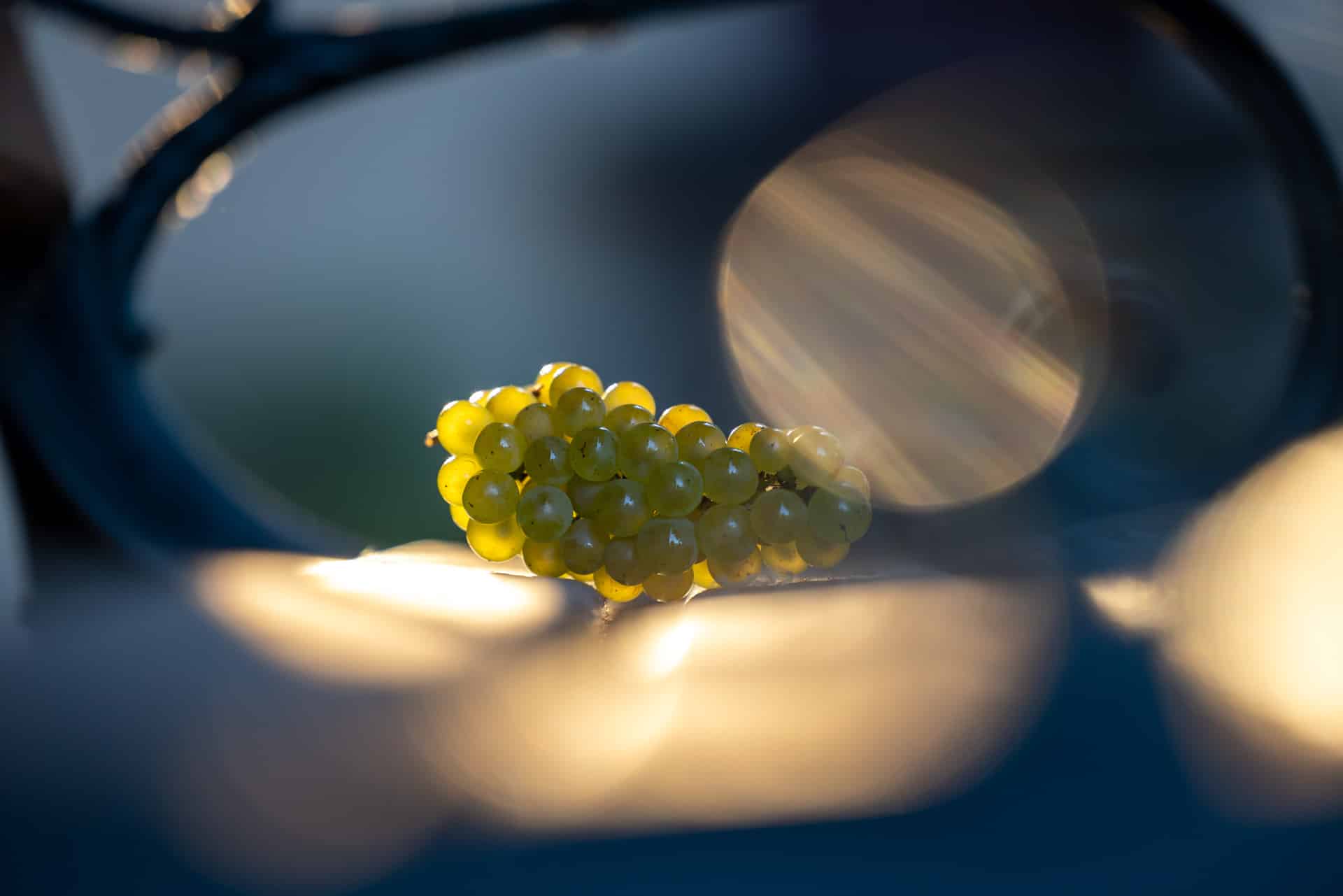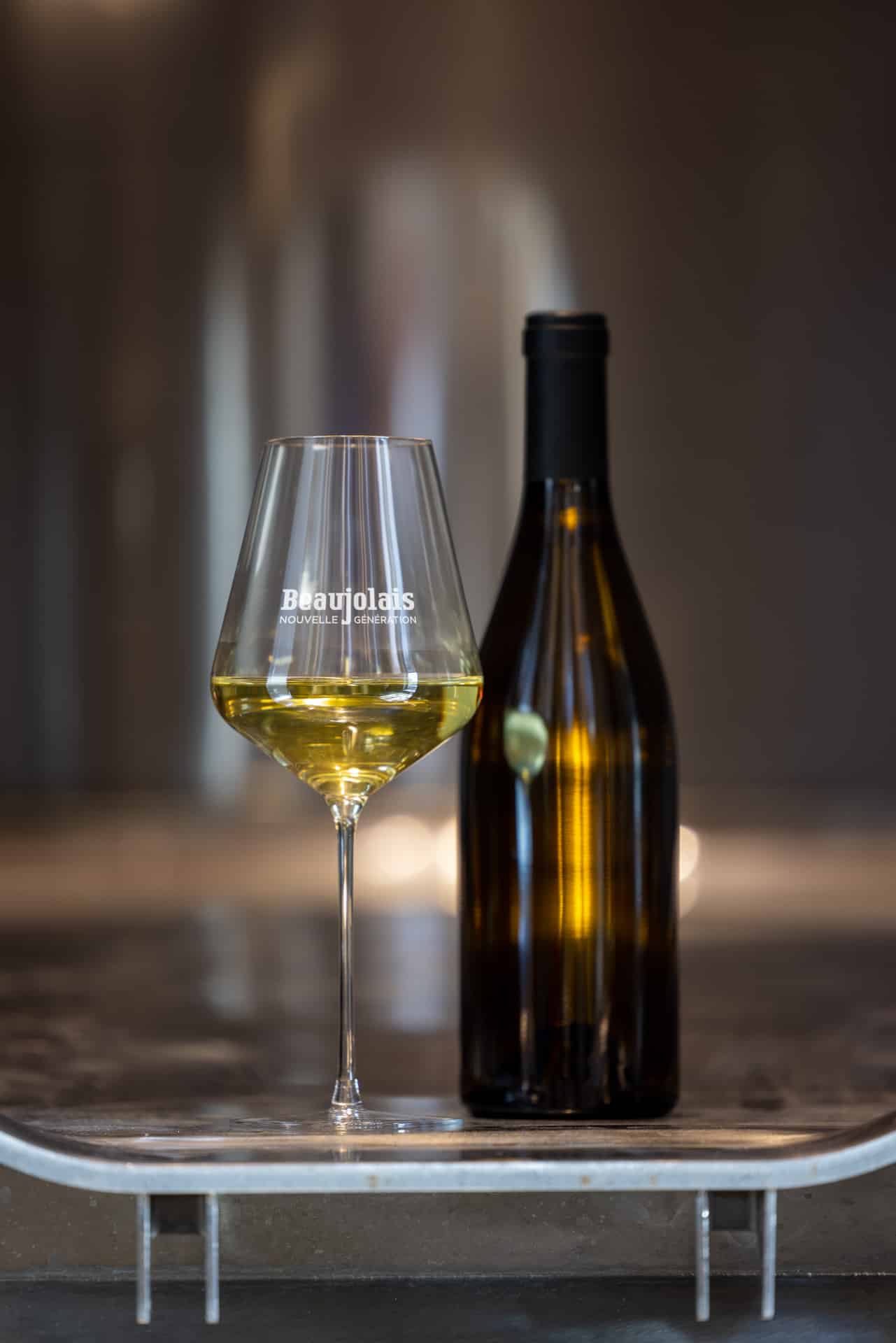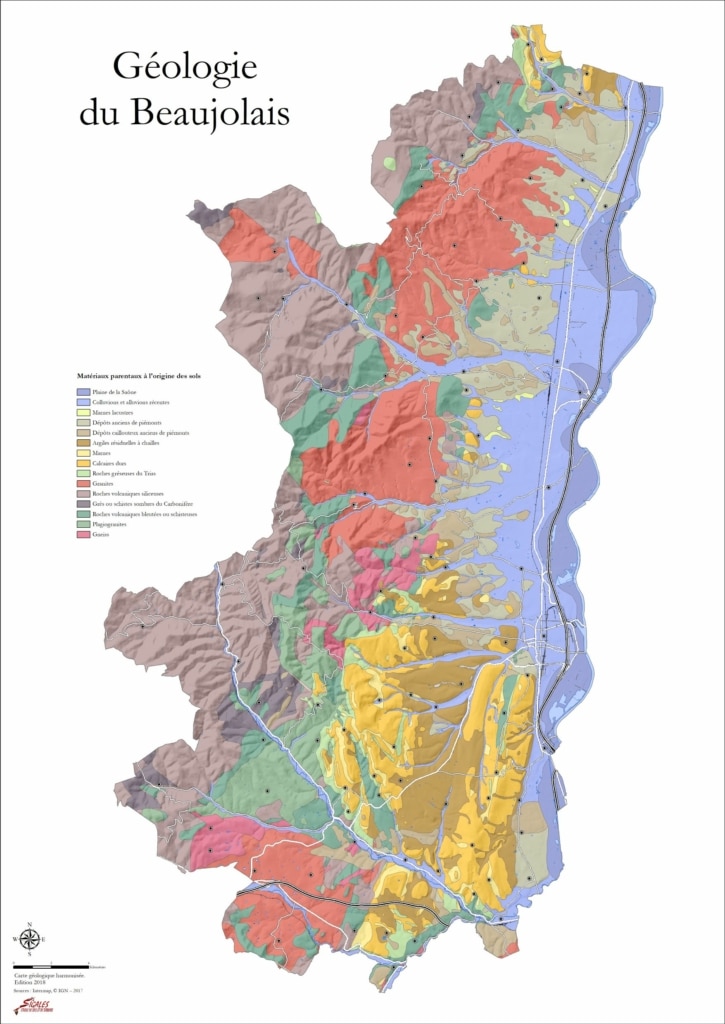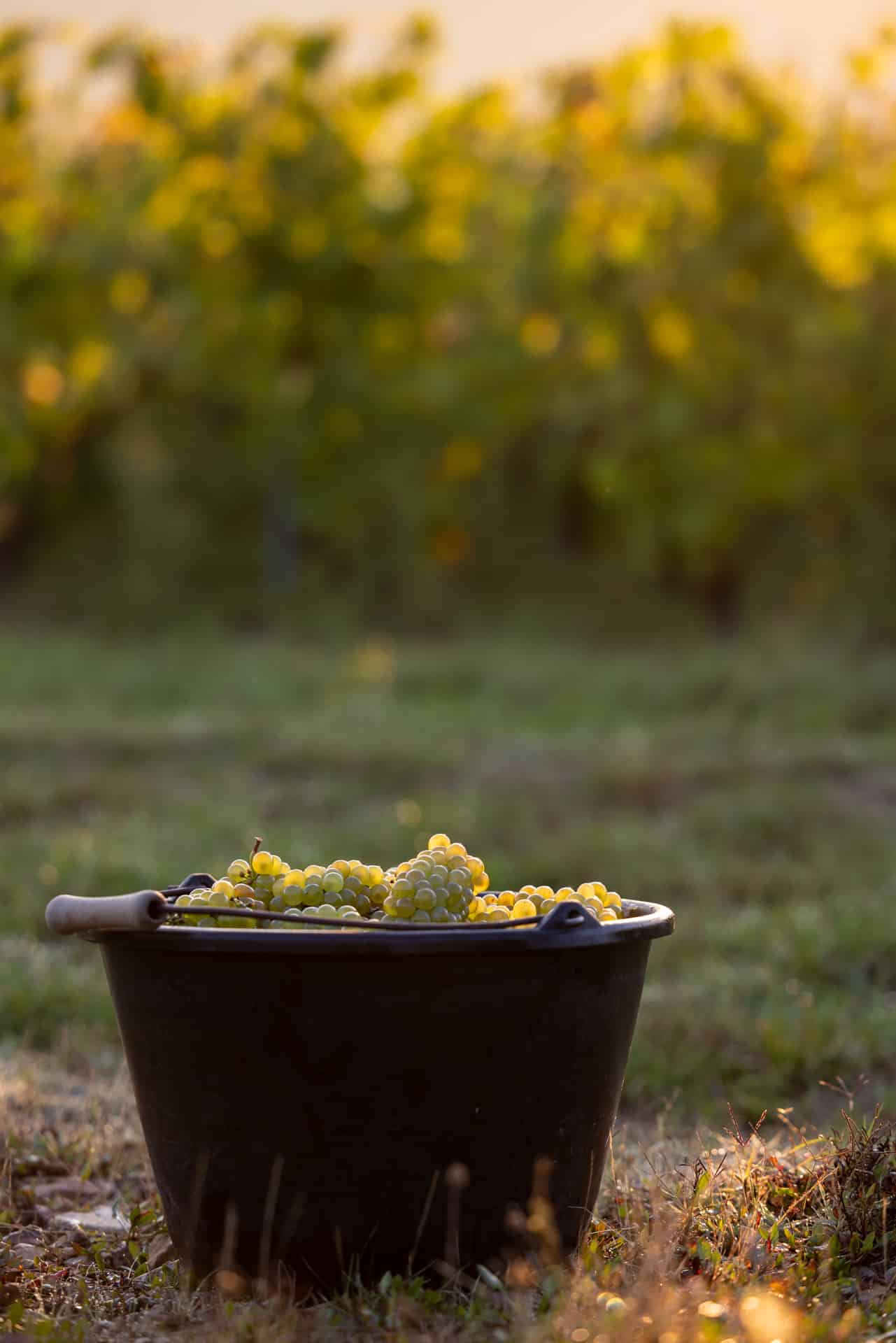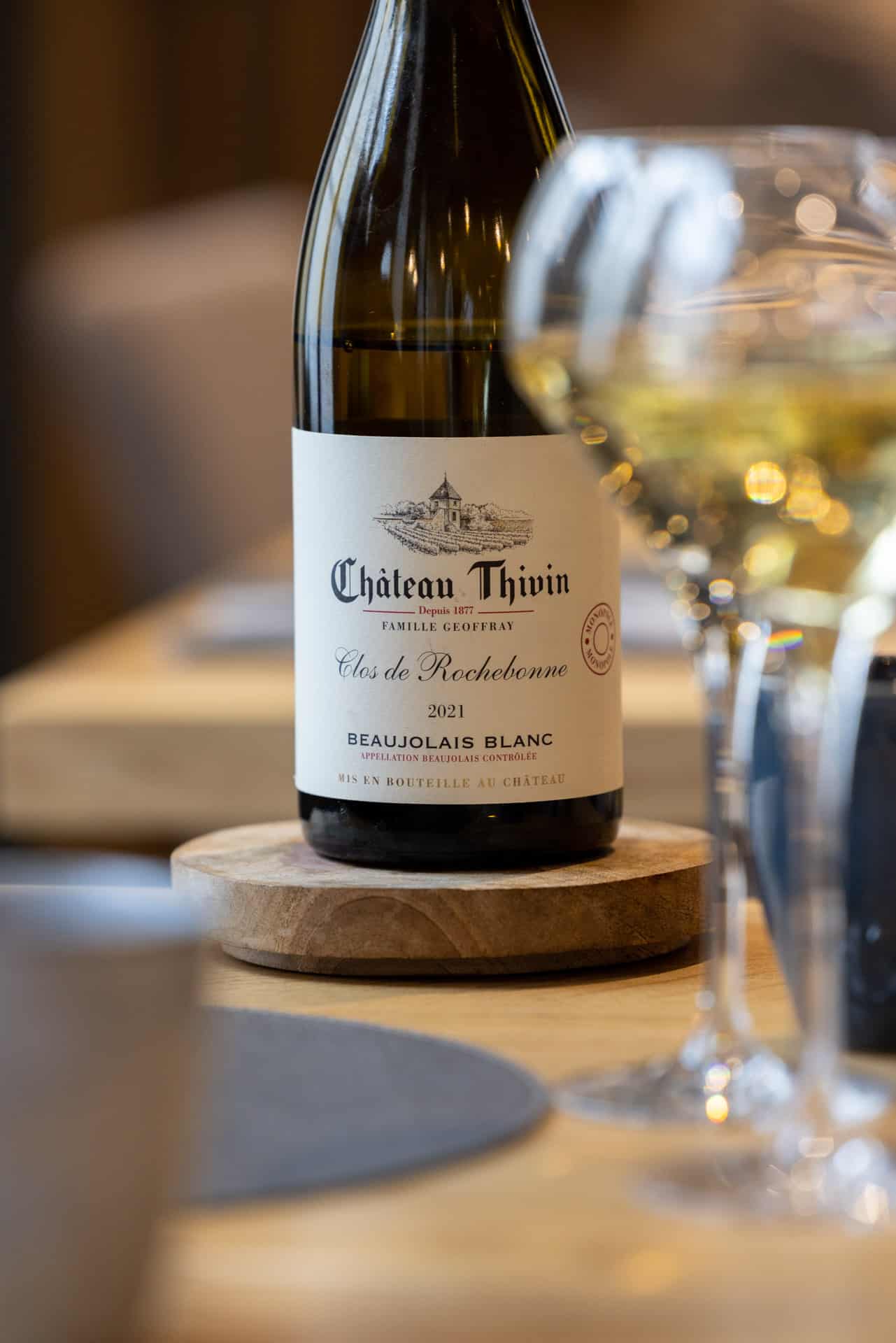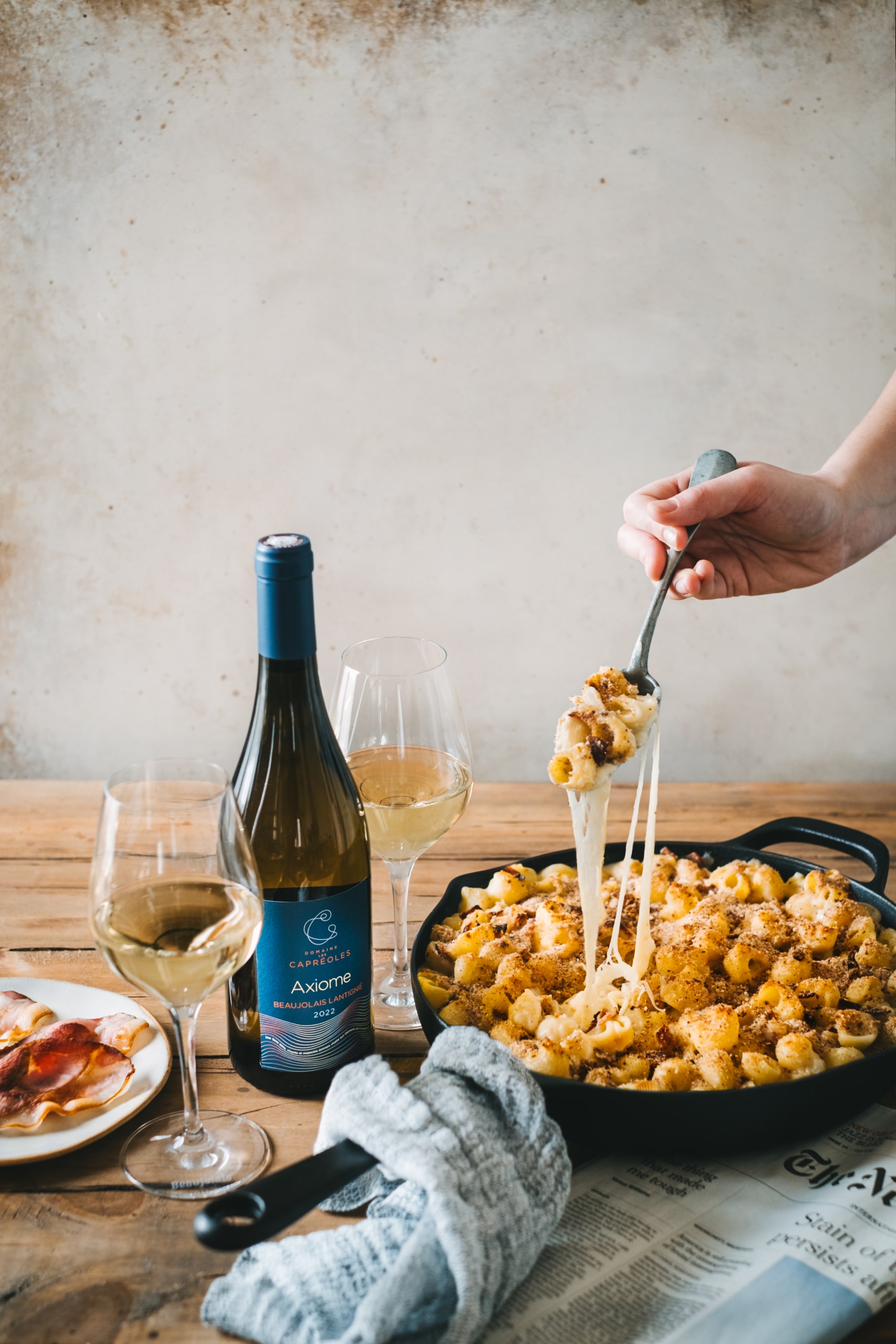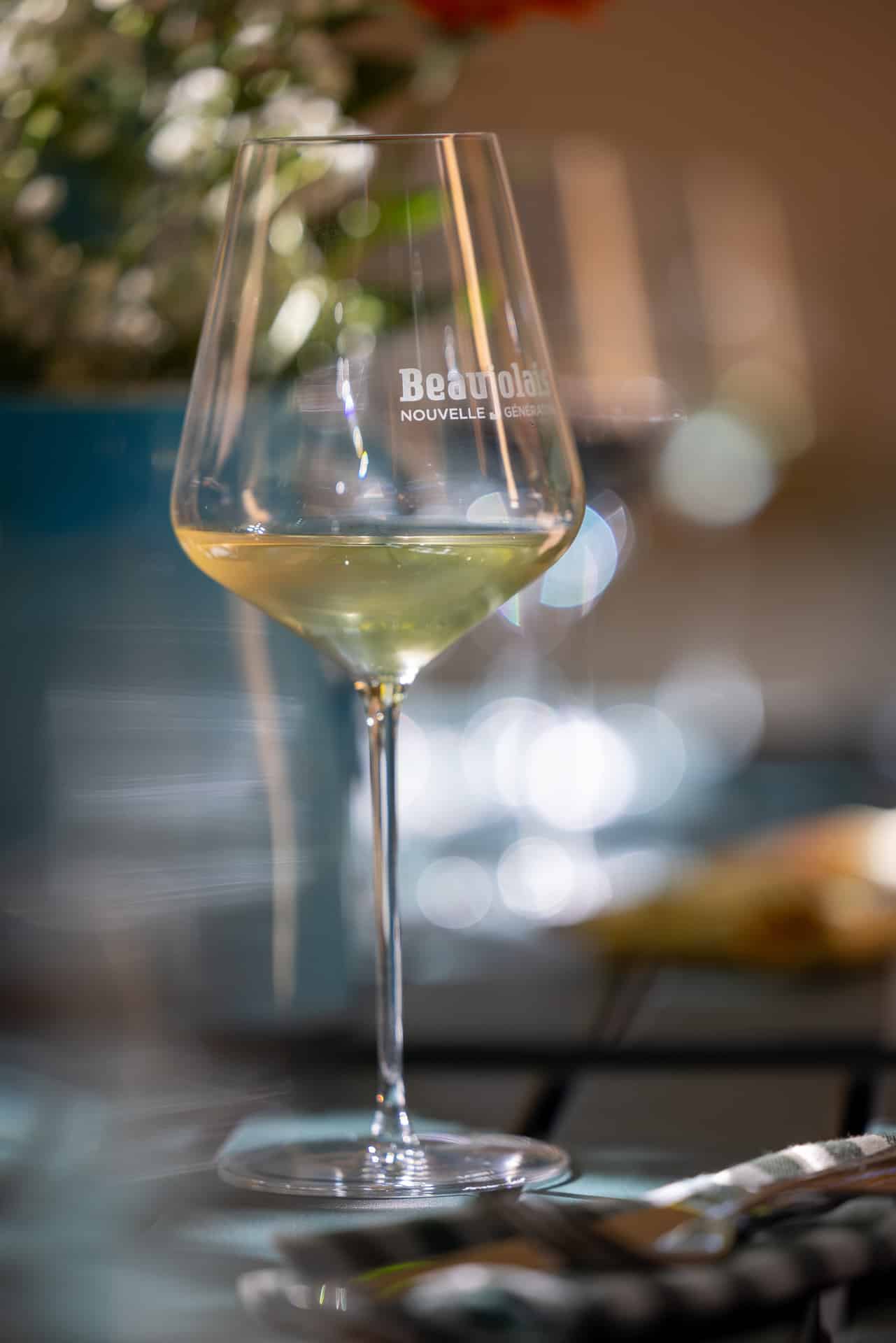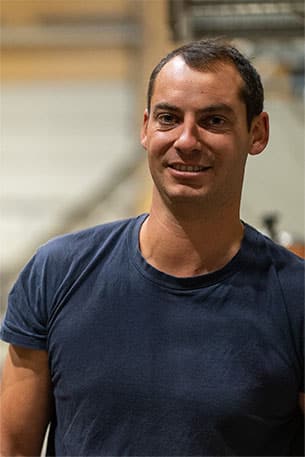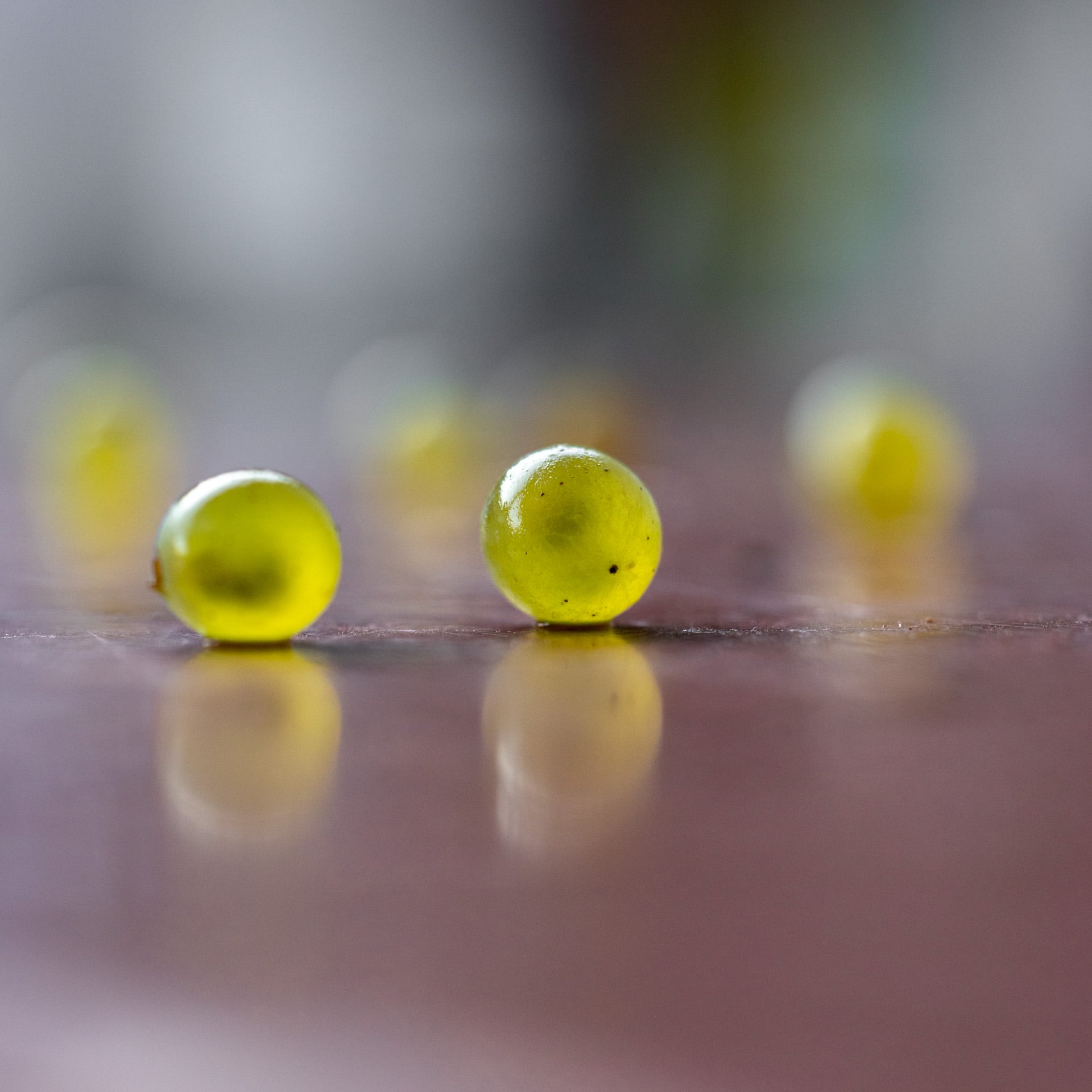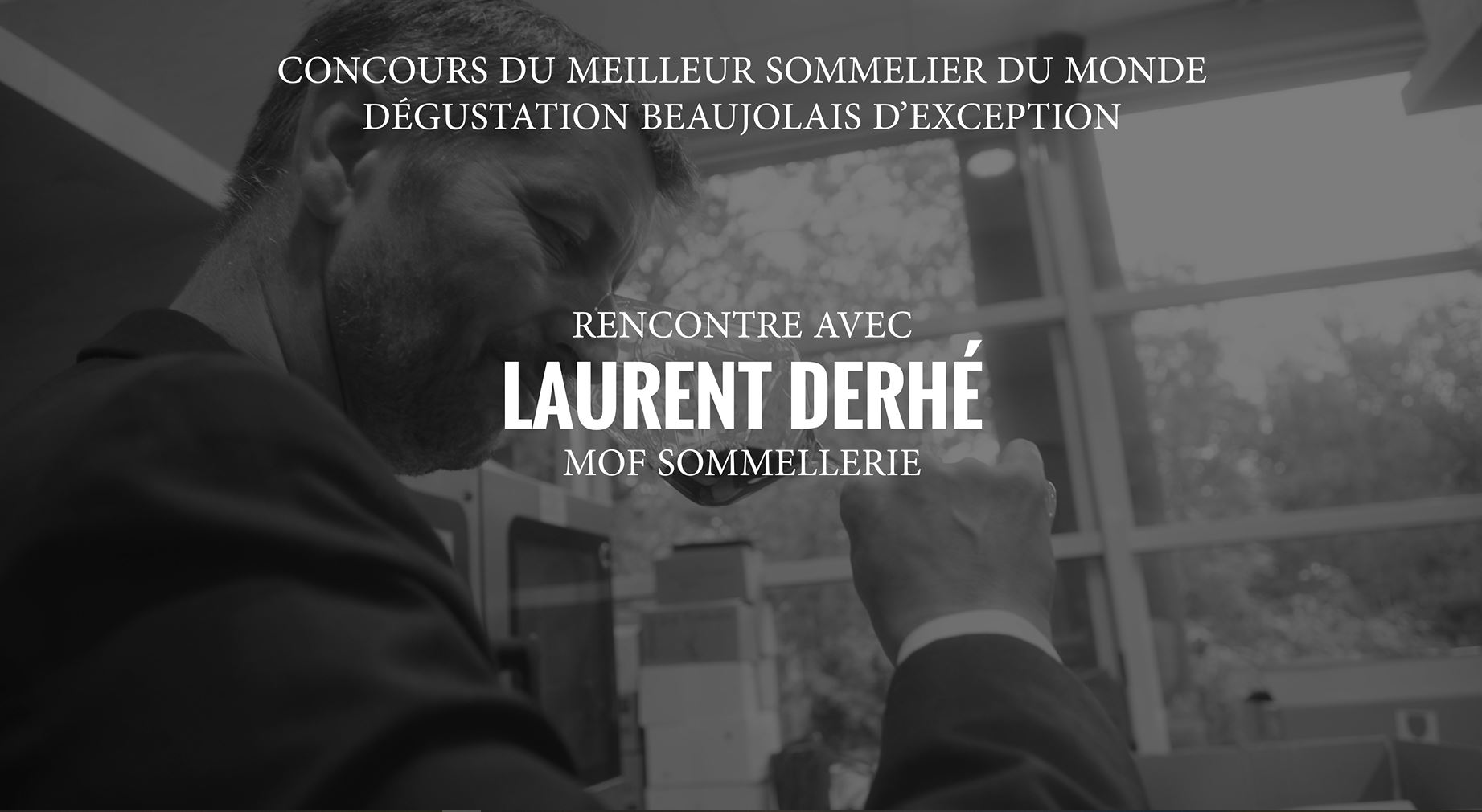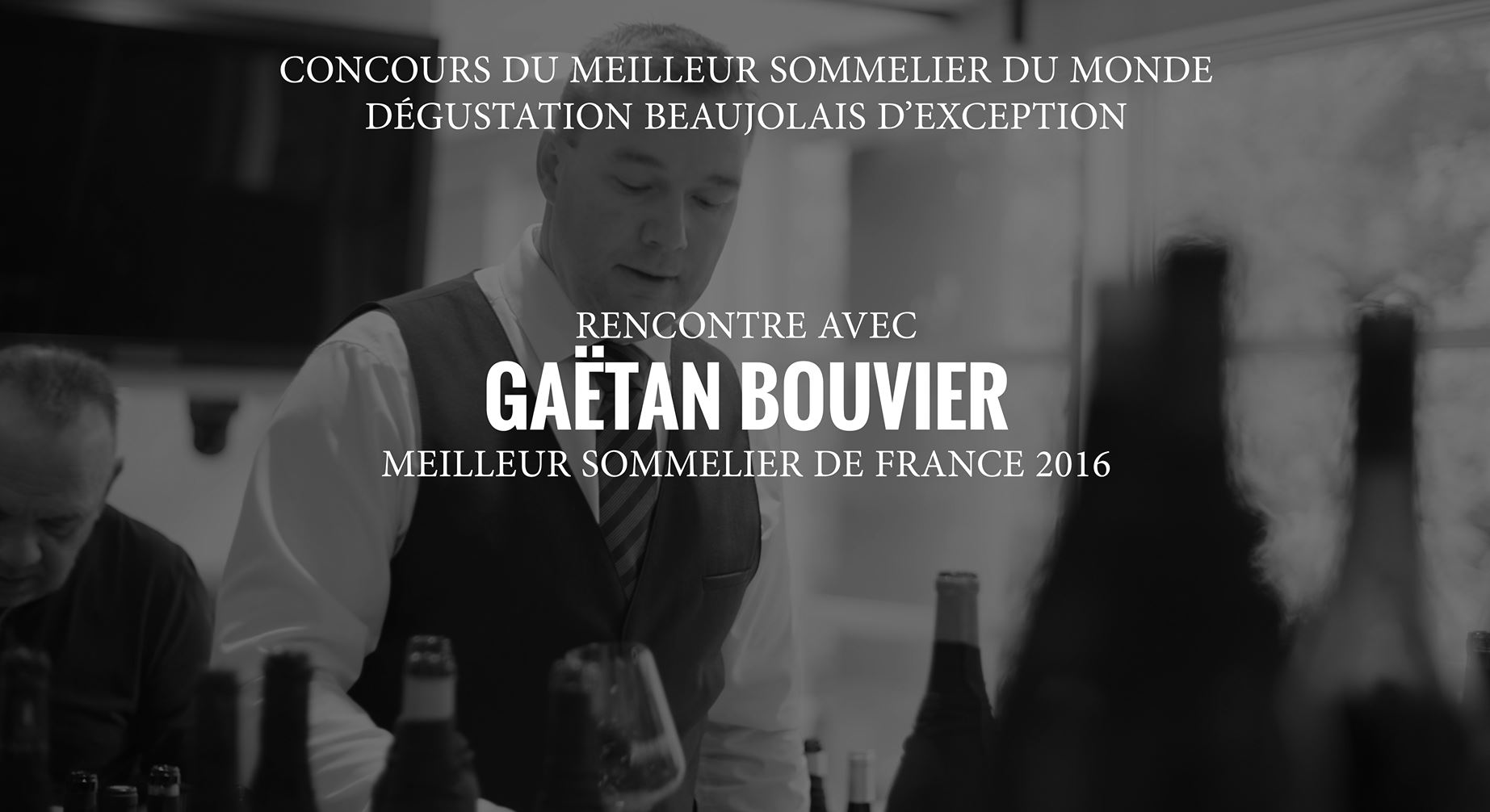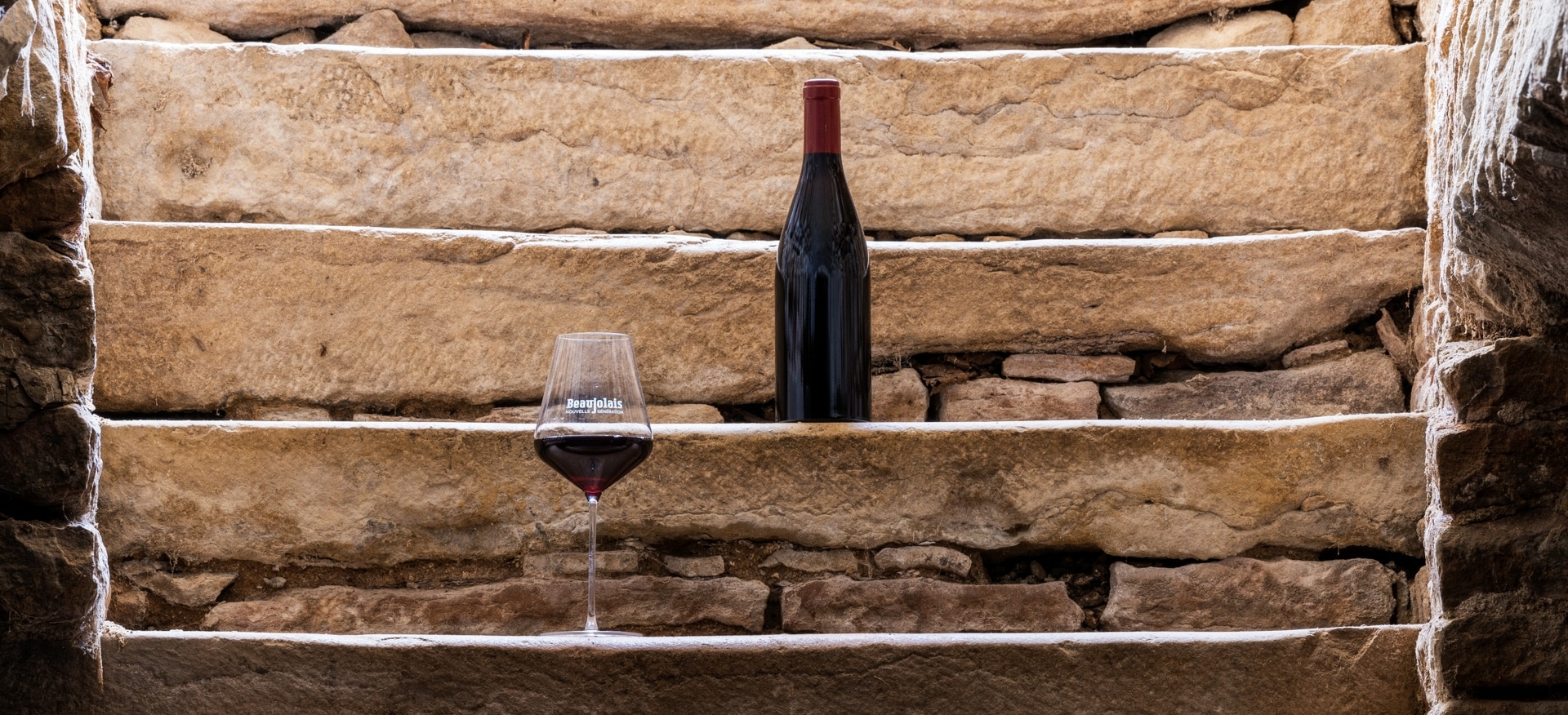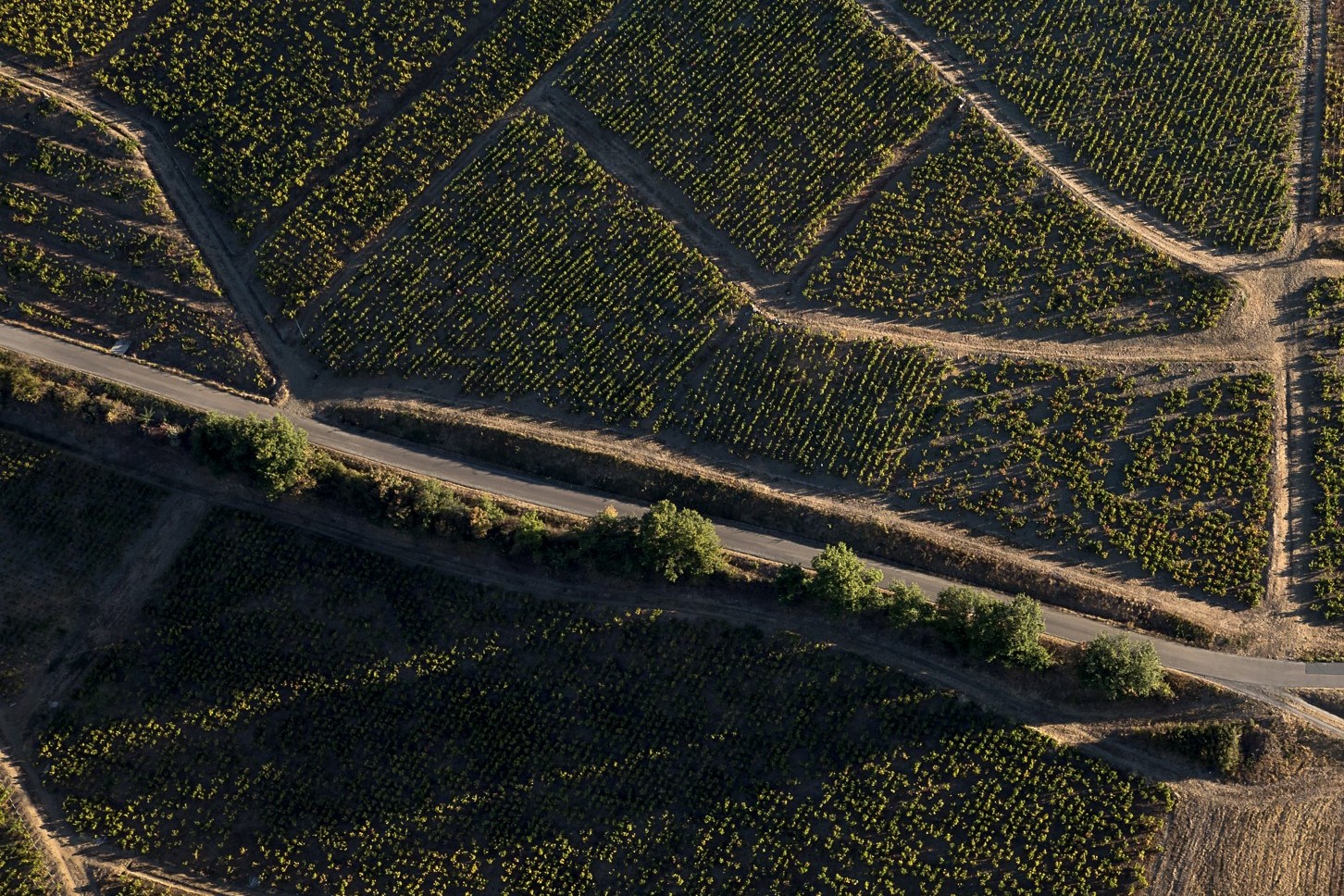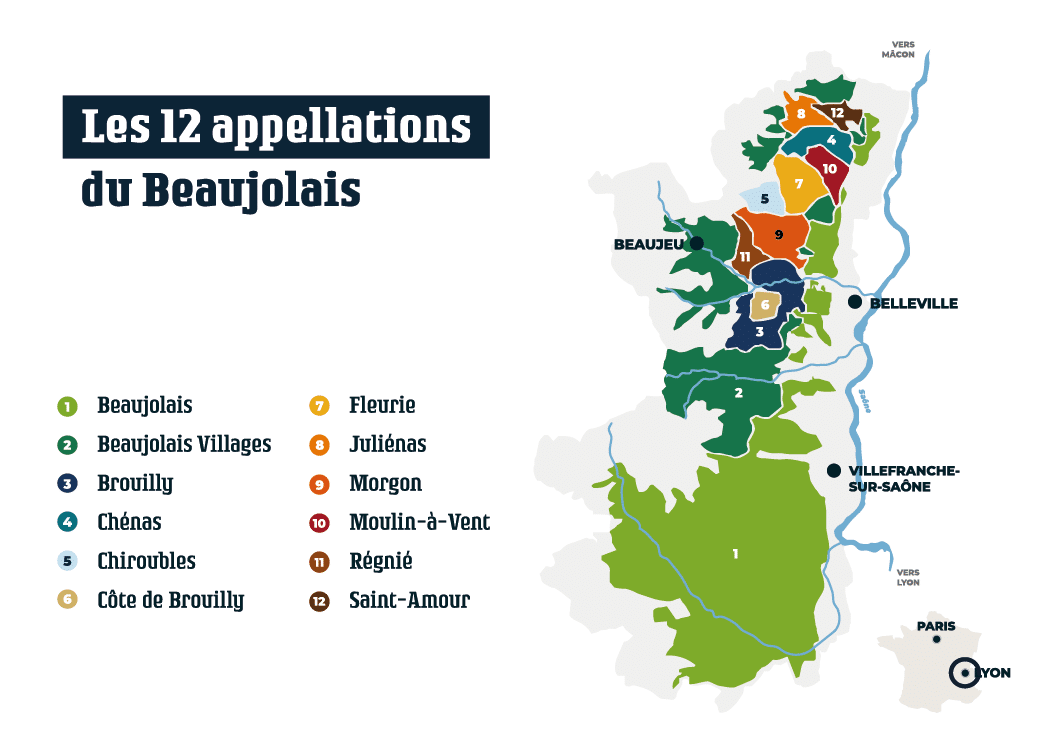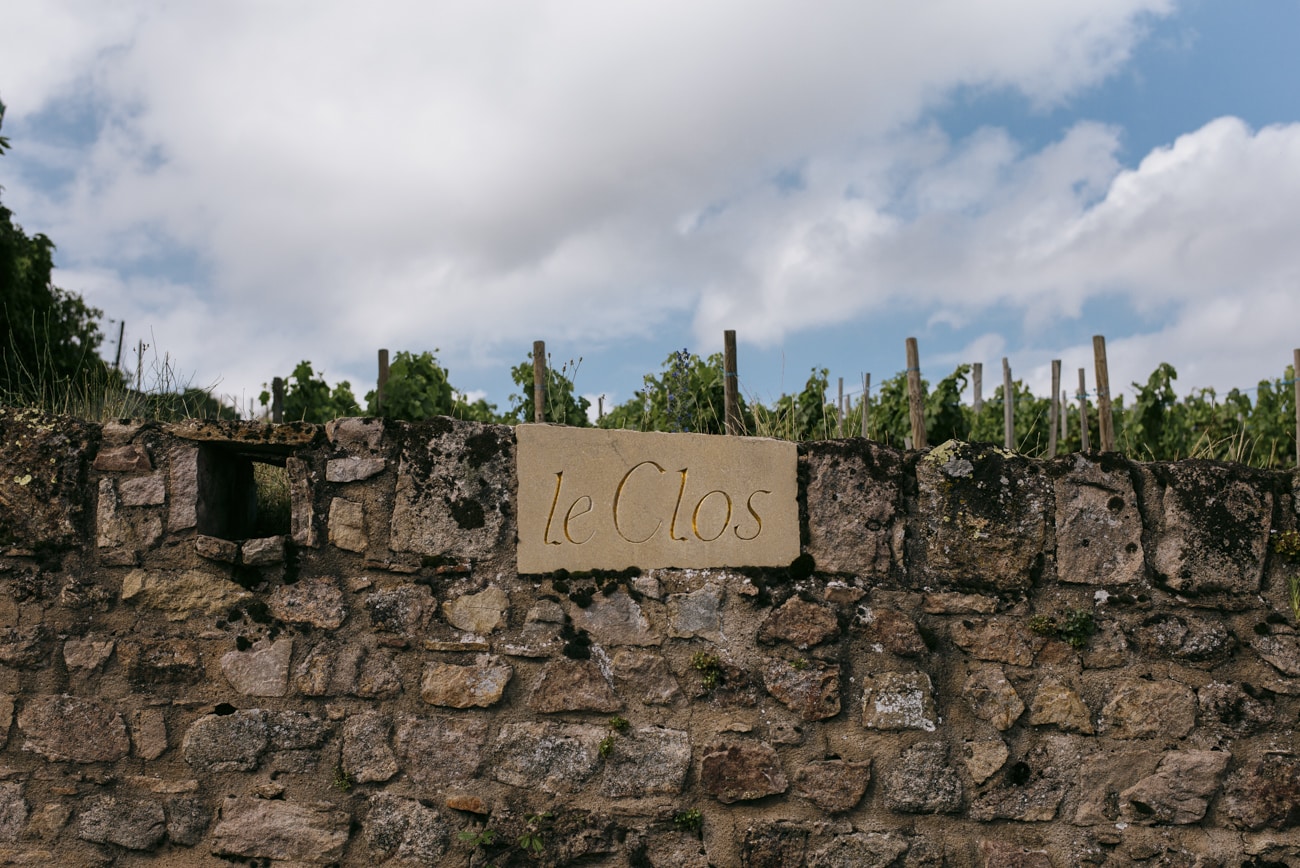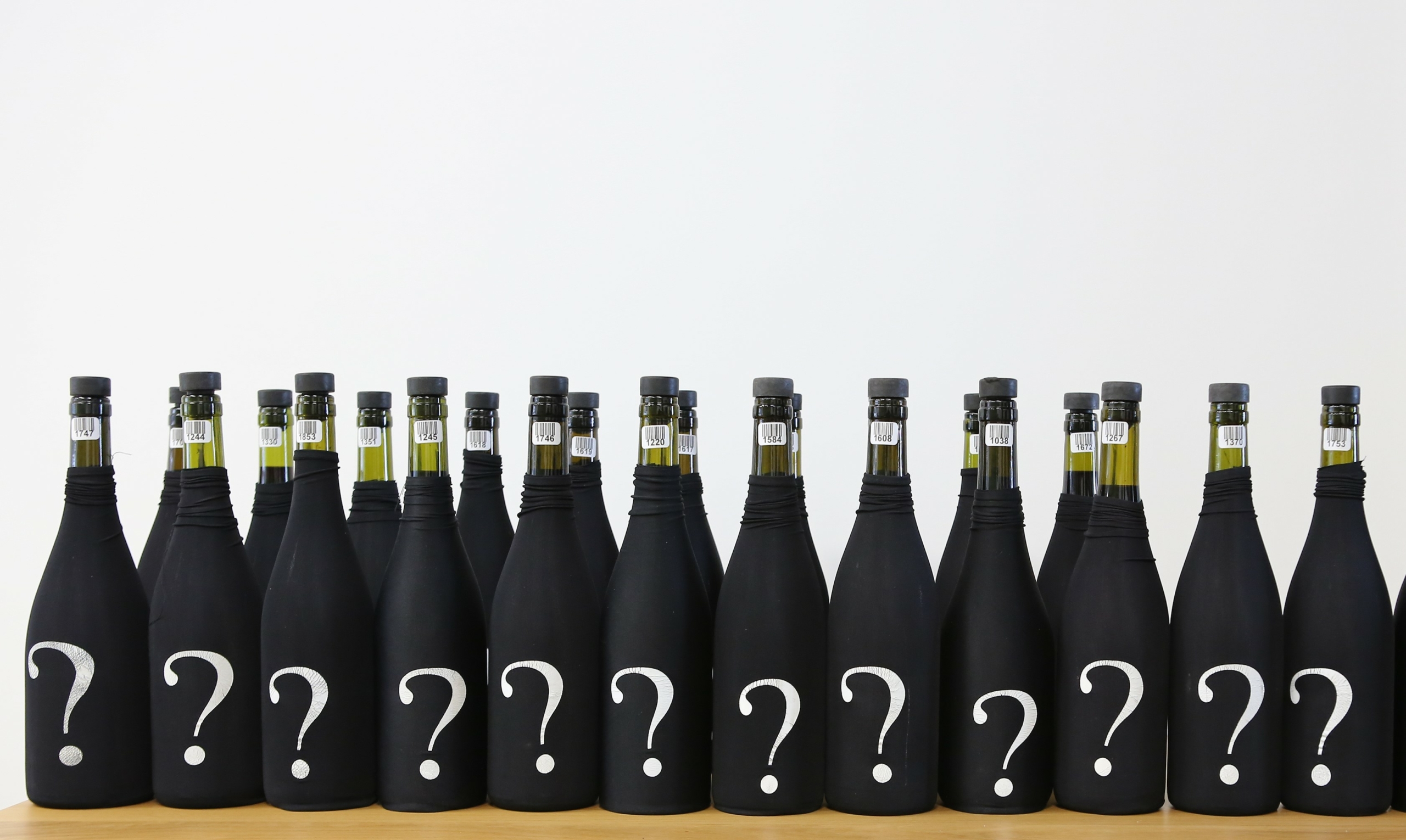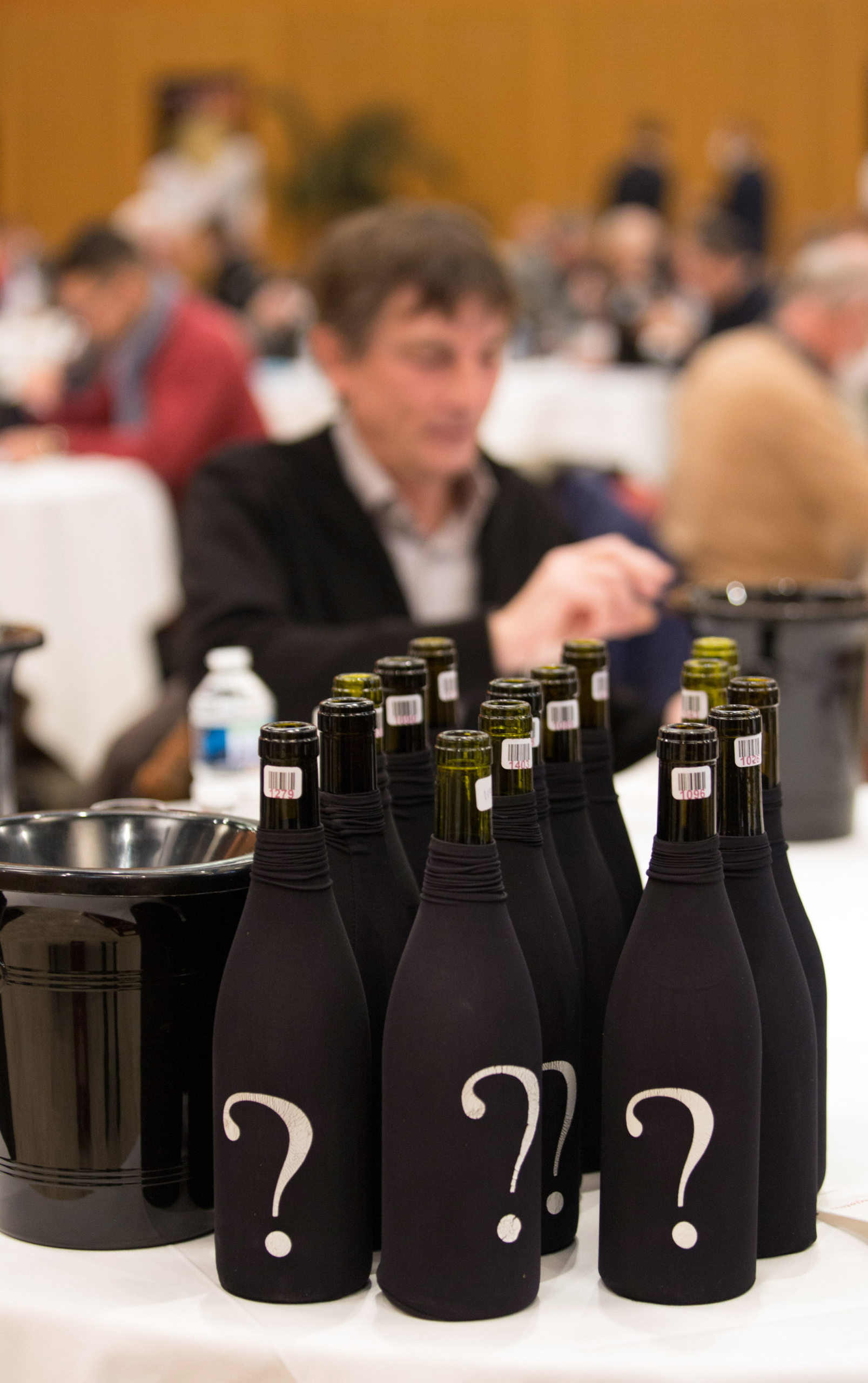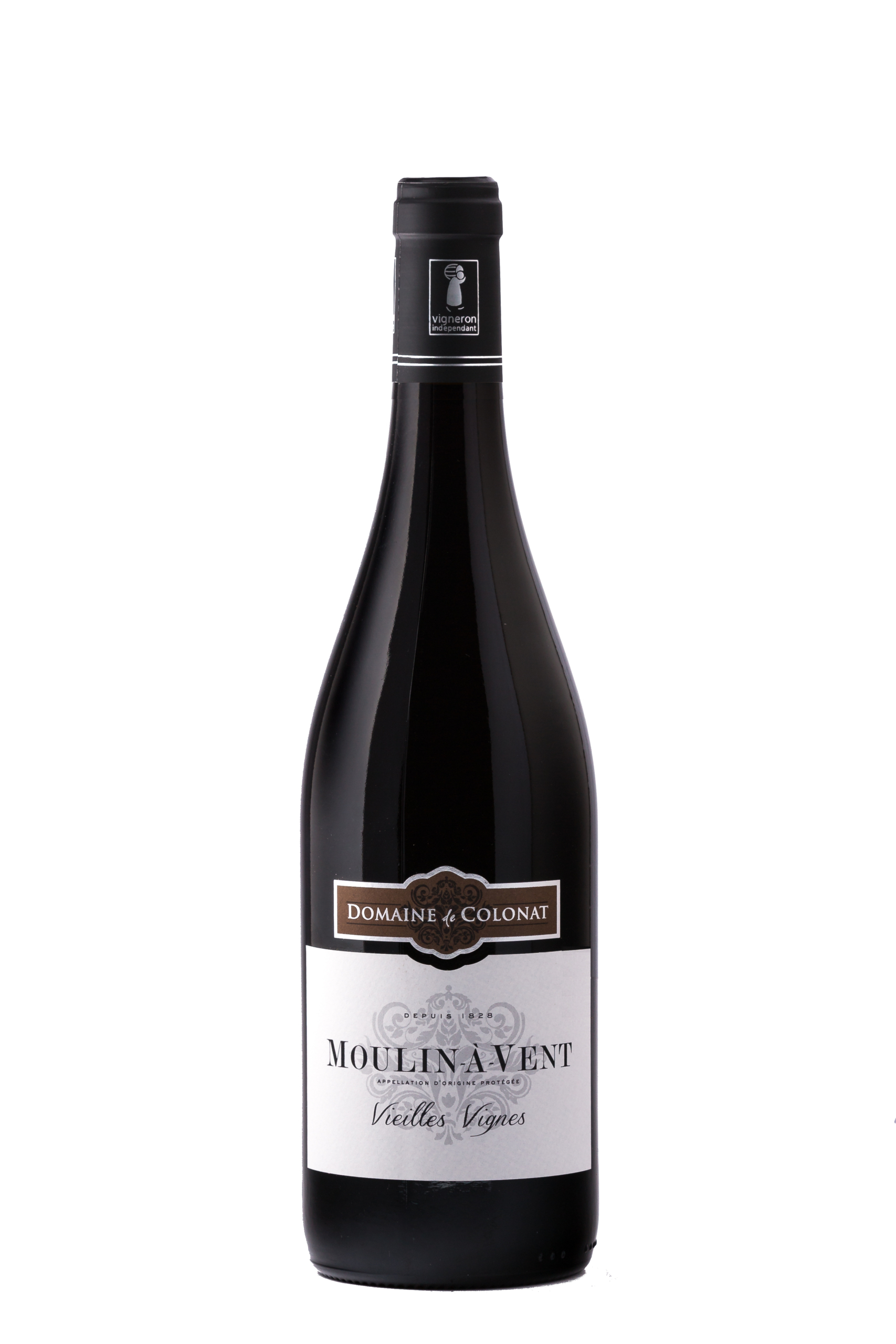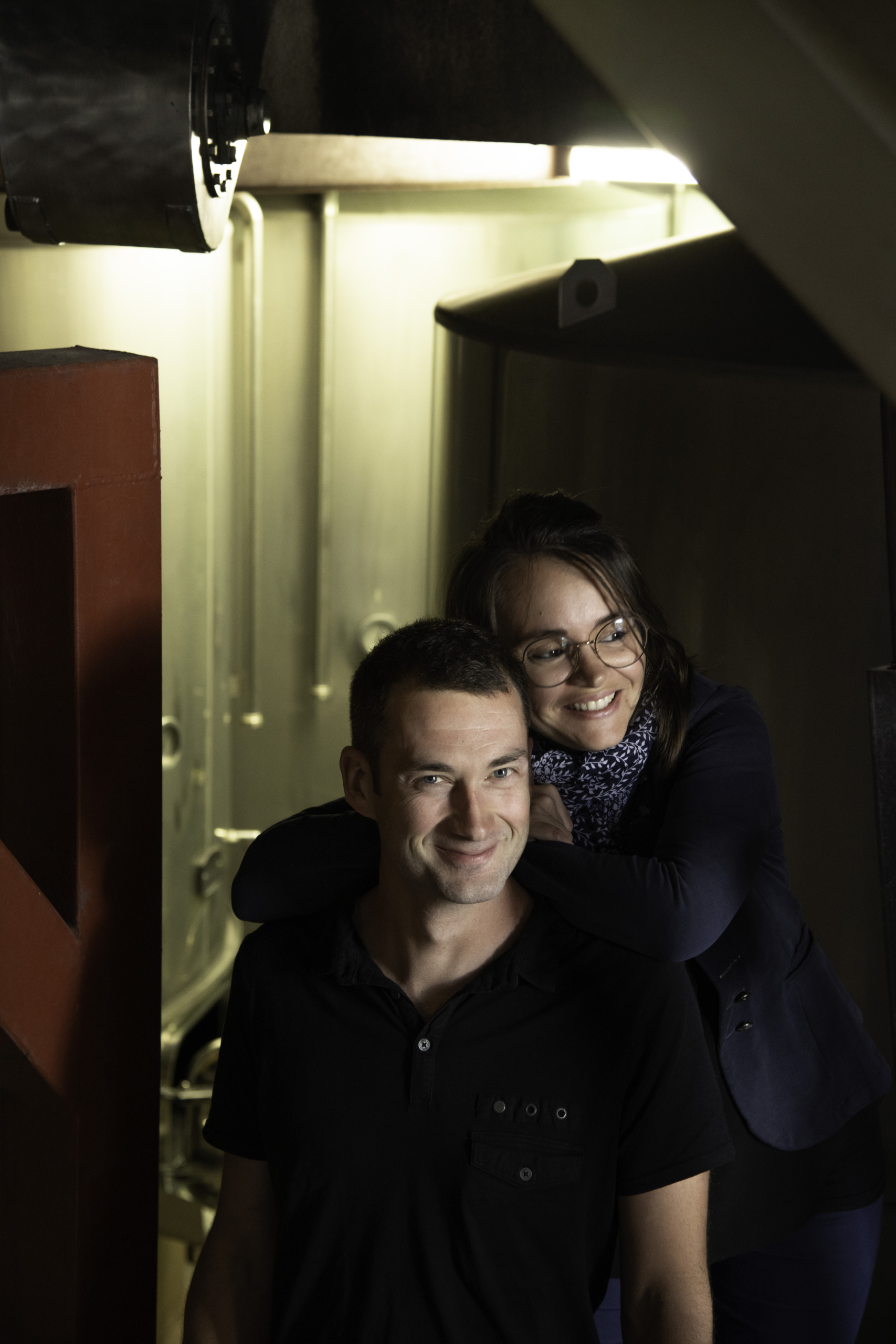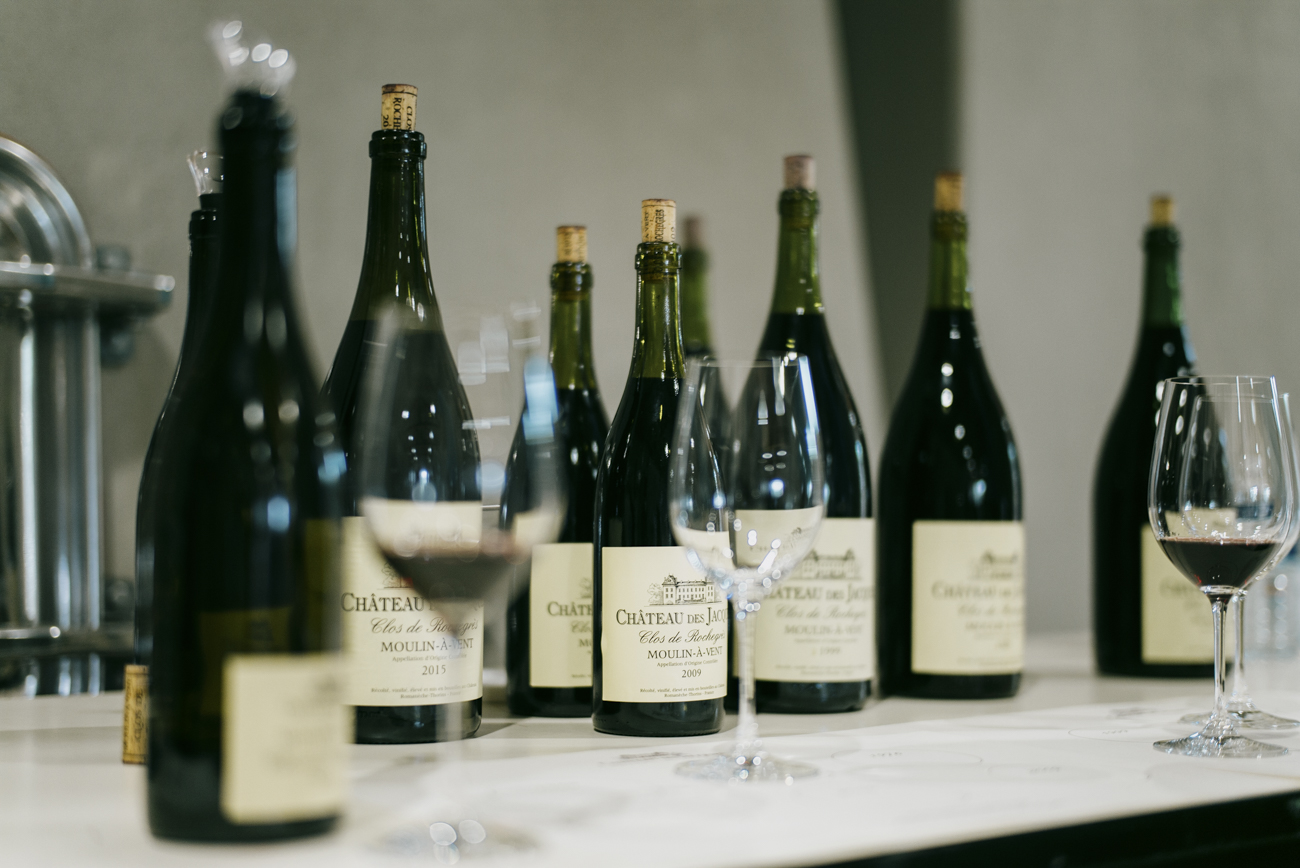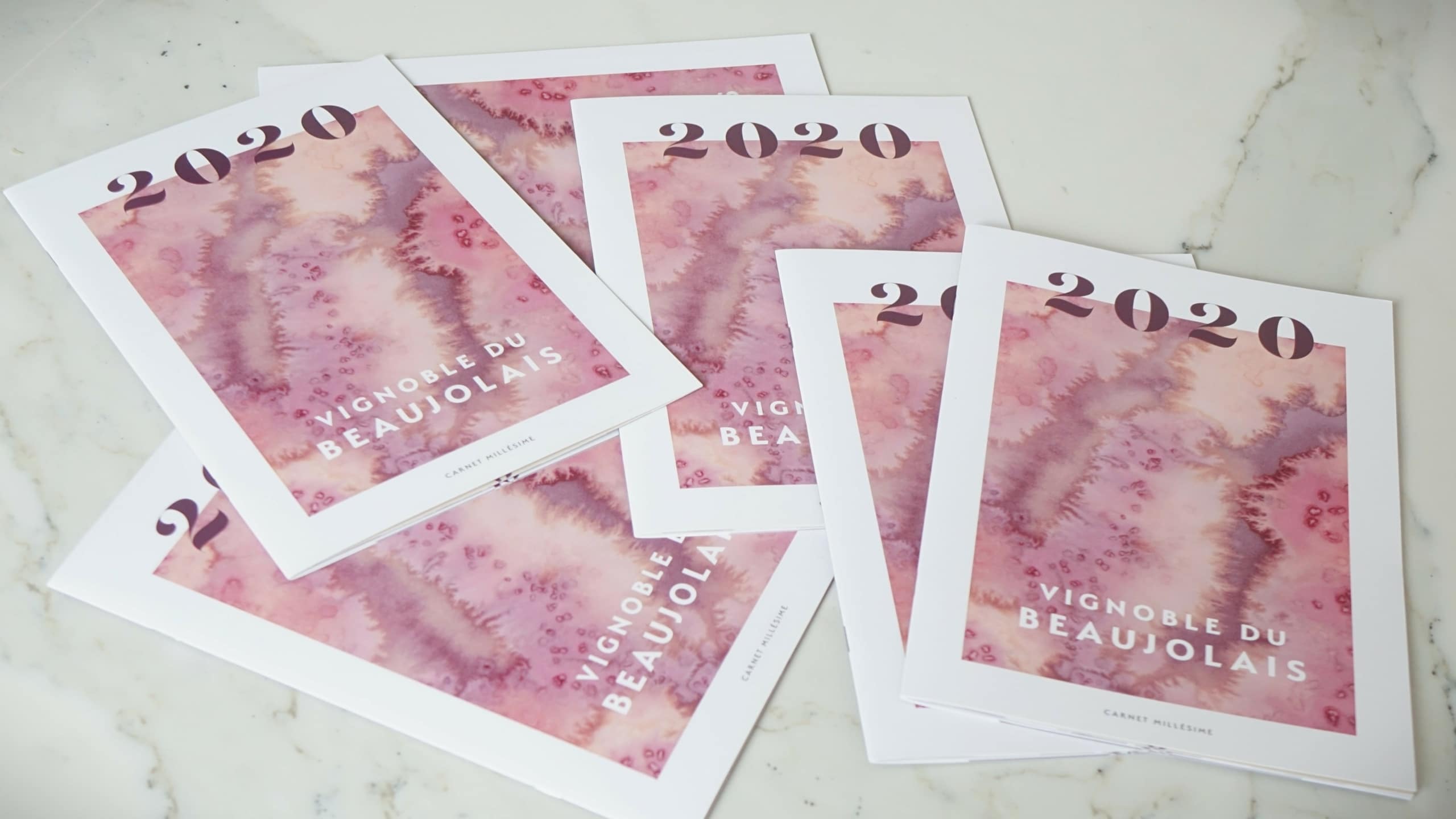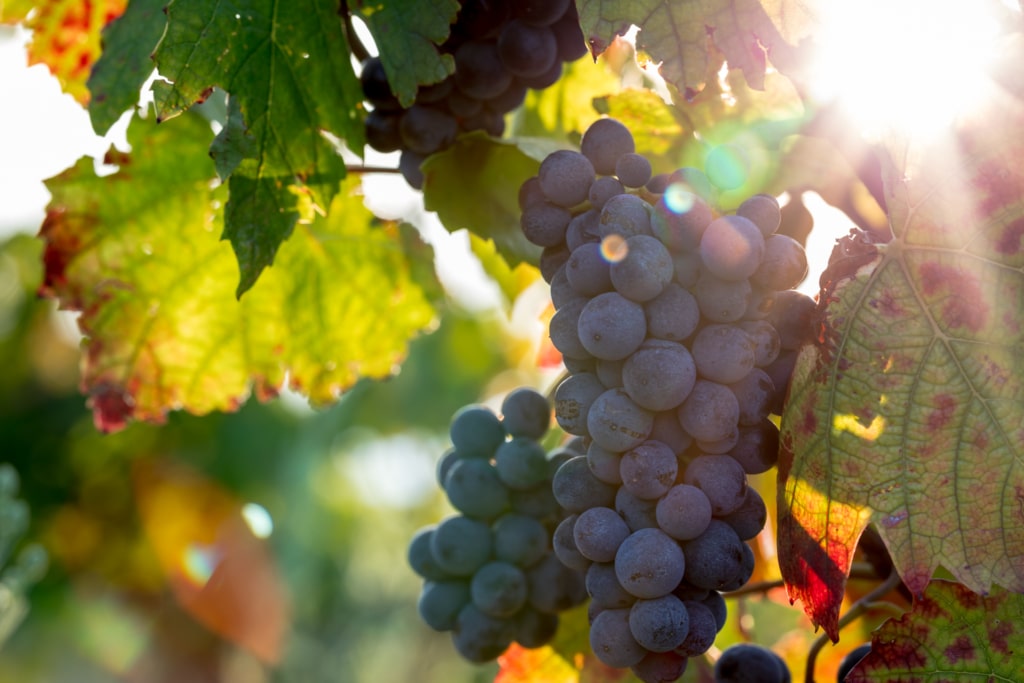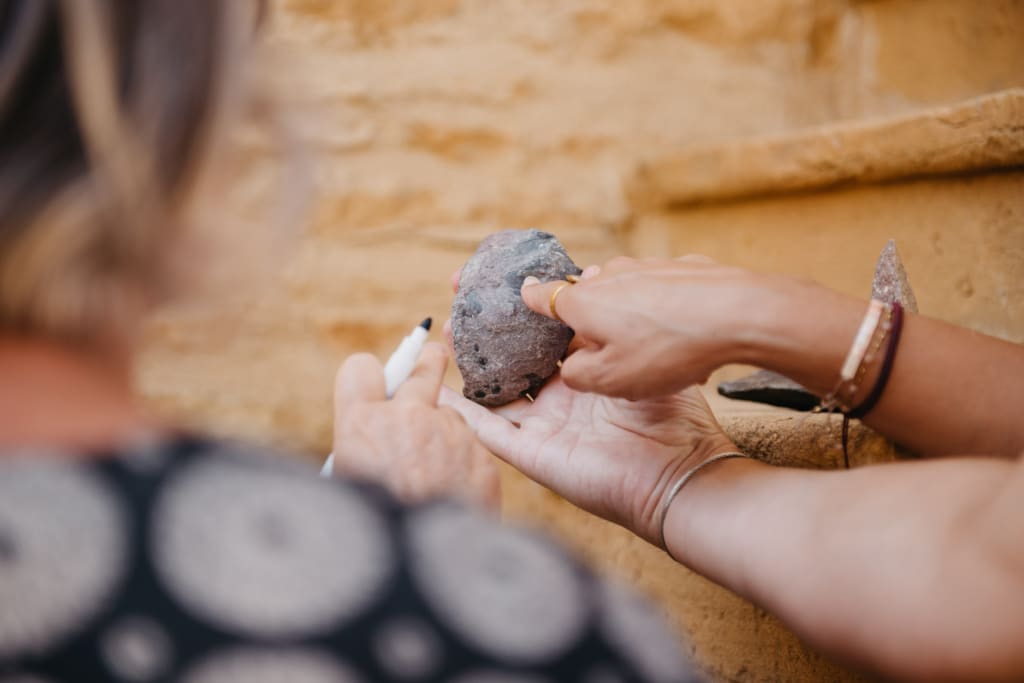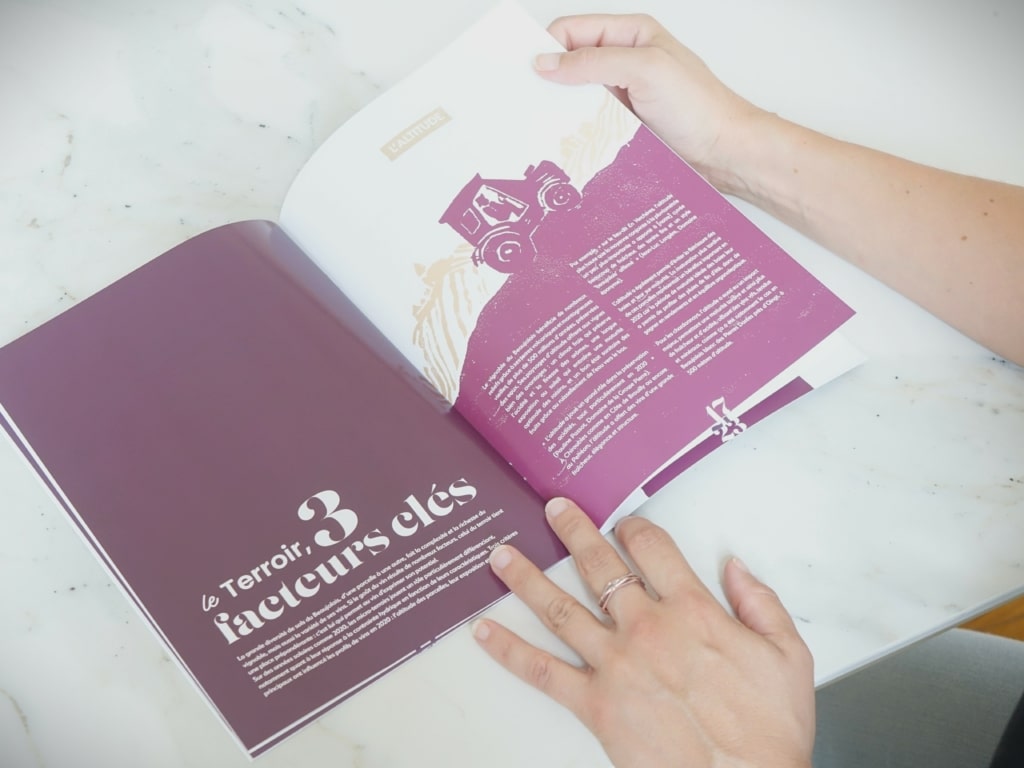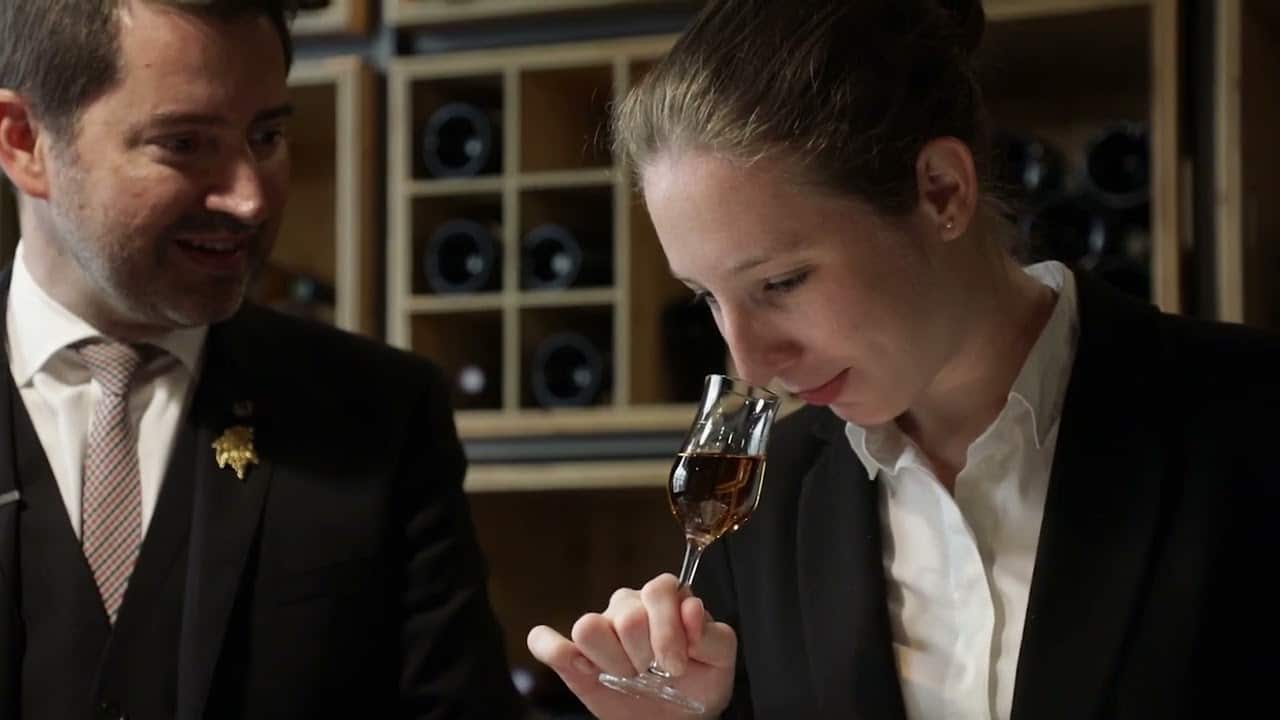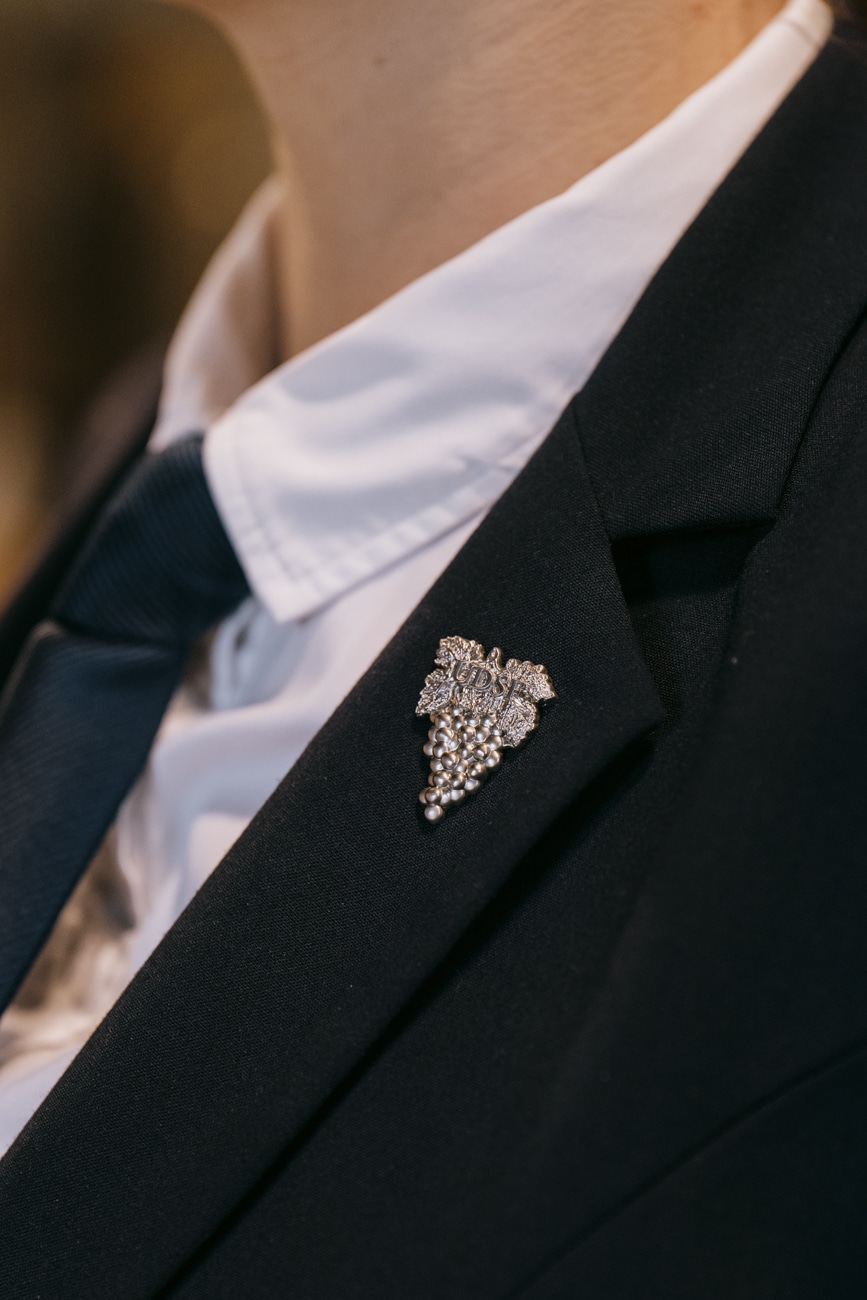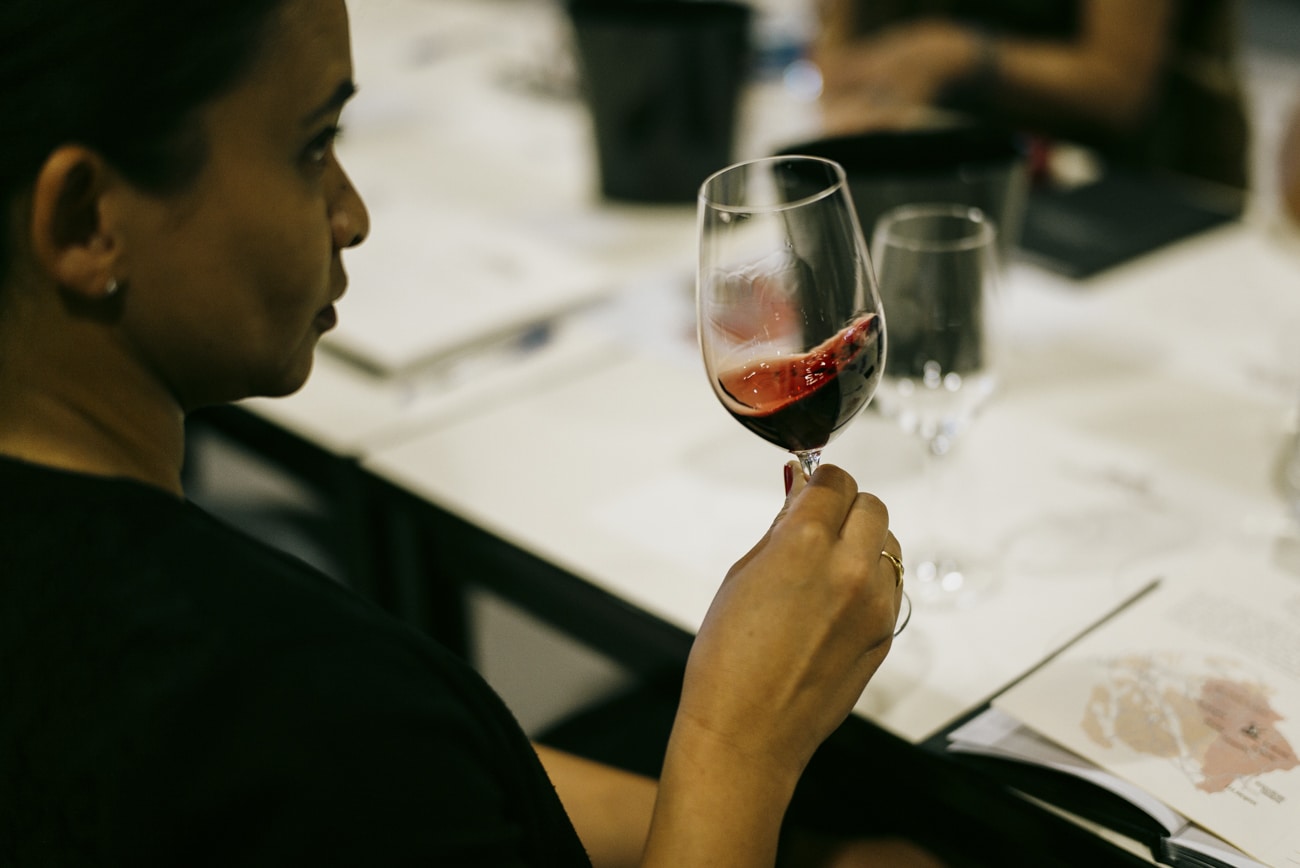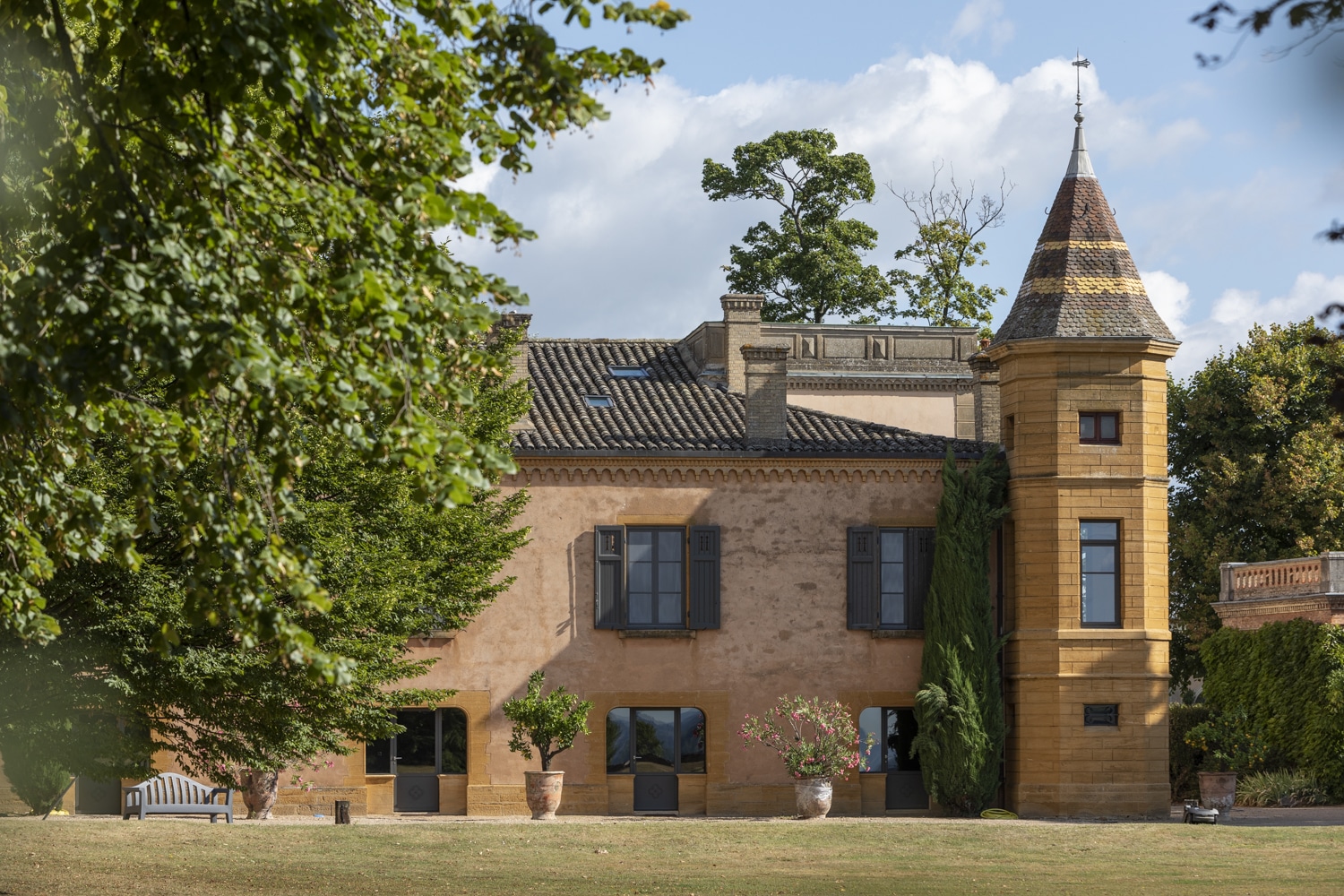
In the Beaujolais region, the passion for wine research is nothing new. Inspired by the engineer and businessman Victor Vermorel at the end of the 19th century, it still strives to improve both wine quality and agronomic practices. Full of challenges, the viticulture of tomorrow is being invented today thanks to the work of Beaujolais researchers. Here is an overview of the jobs and research projects underway in the vineyard.
The Beaujolais region, historically at the forefront of vine and wine research
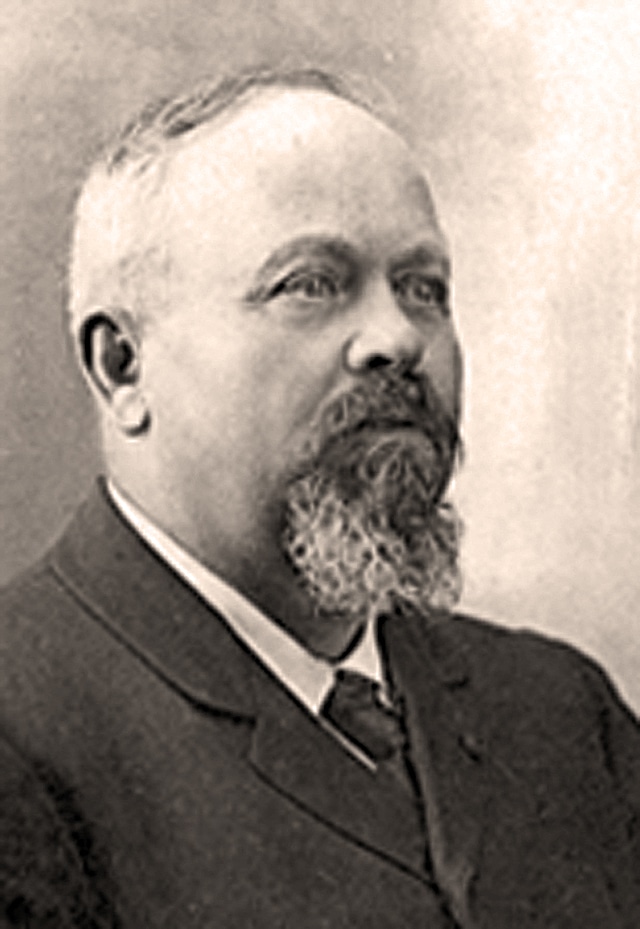
Where does this Beaujolais passion for wine research come from?
If Beaujolais viticulture research had a face, it would be that of Victor Vermorel. Born on the banks of the Saône river, the researcher contributed to the advancement of knowledge in viticulture throughout his life. A visionary, the man who advocated ‘progress through experience’ made the Beaujolais region a leading centre in wine research.
Victor Vermorel impressed late 19th-century winemakers with his many inventions. Notably, he and Pierre Viala wrote the historic book “L’Ampélographie. Traité général de viticulture”. Published in 1900, this book documents and illustrates the 5200 grape varietals found around the world and is still a reference today.
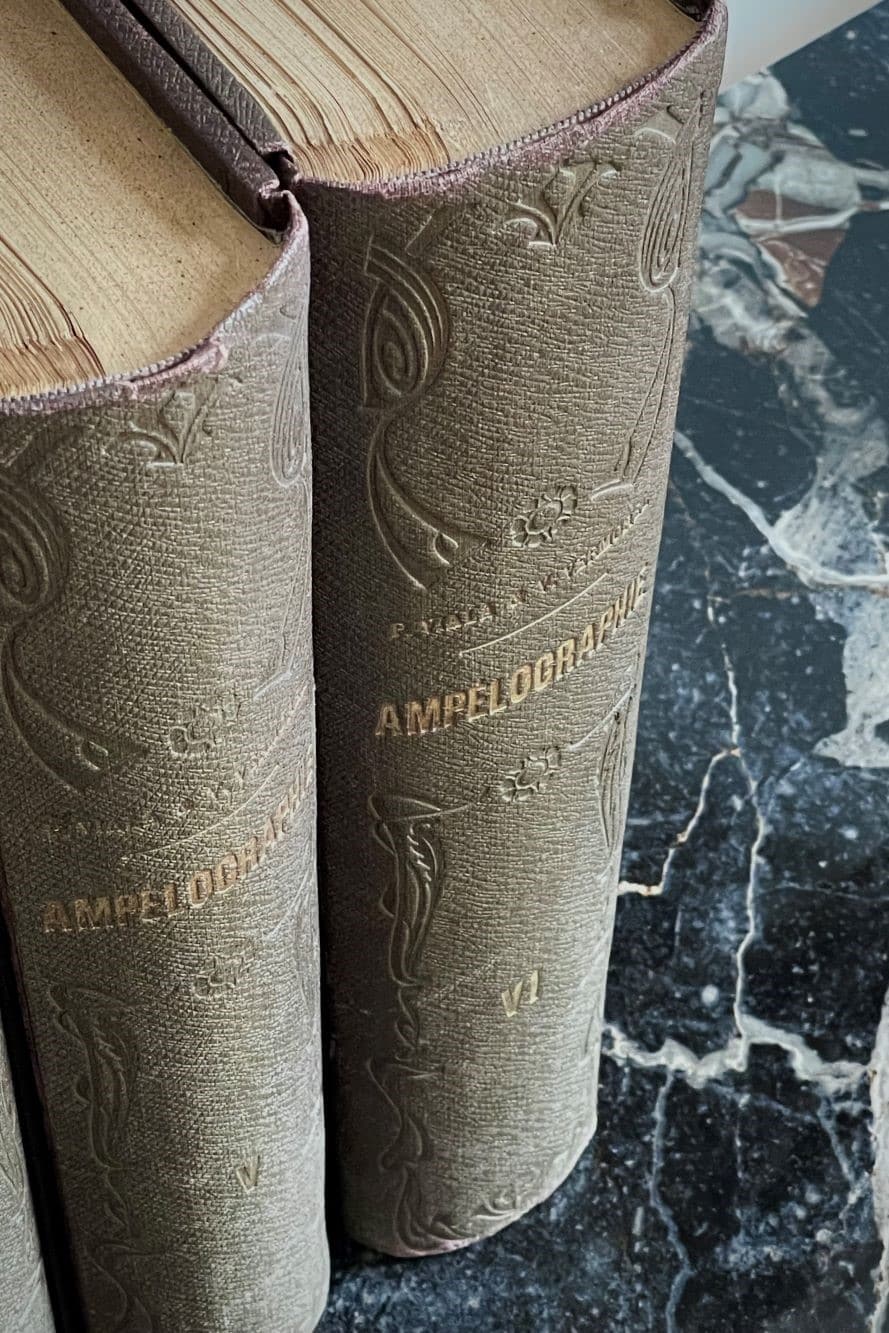
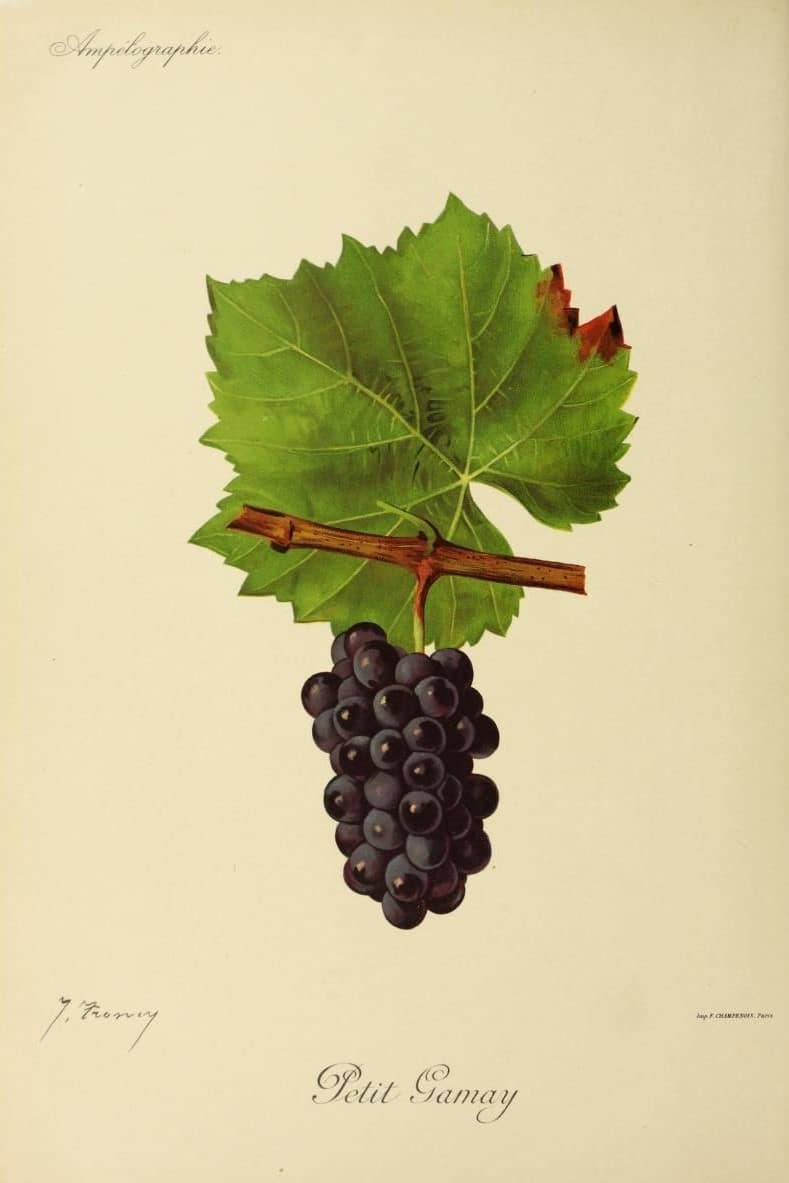
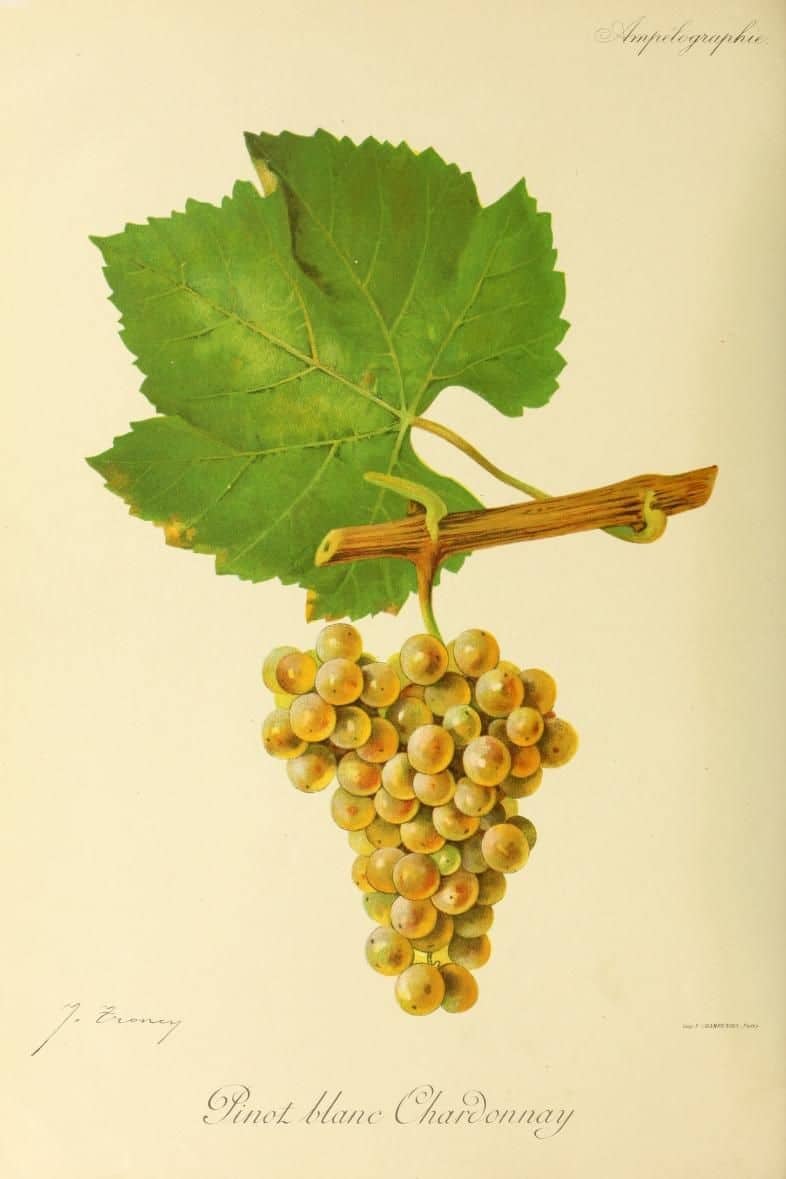
Between 1888 and 1897, Victor Vermorel imagined the vine and wine research centres that we have today in the Beaujolais region. He created the very first Station Viticole at 210 Boulevard Vermorel in Villefranche-sur-Saône. This location – where researchers still work today – was initially composed of laboratories, an impressive library, as well as a mini vat room… The entrepreneur also made Château de l’Eclair, in Liergues, into an experimental wine estate. At the time, these locations aroused everybody’s curiosity and researchers from around the world came to visit them.
Interconnected research centres in the Beaujolais region
As you can see, Victor Vermorel’s legacy shaped today’s research into Beaujolais viticulture. It is the many interconnected organisations that work hand in hand that make it so unique. Inter Beaujolais – the organisation responsible for developing the wine sector – includes research and experimentation among its missions. These missions are carried out by the SICAREX Beaujolais (Société d’Intérêt Collectif Agricole de Recherches et d’EXpérimentations or Agricultural Research and Experimentation Collective Interest Company) thanks to a 20-hectare experimental wine estate. The research centre works closely with the Bourgogne-Beaujolais-Jura-Savoie division of the French Wine and Vine Institute (IFV). With 18 units in France’s wine-growing regions, it has a team of 9 researchers in the Beaujolais region. These three organisations are all located at the same address, nicknamed the ‘210 en Beaujolais’ in Villefranche-sur-Saône. The SICAREX Beaujolais and IFV carry out many of their vine and wine experiments at Château de l’Eclair. The estate, once occupied by Victor Vermorel, is now called the ‘Beaujolais region’s open-air laboratory’. Although they are based in the Rhône department, the SICAREX Beaujolais and IFV teams work on local, national and international projects. Their research is not limited to regional issues. It often concerns the French vineyard as a whole.
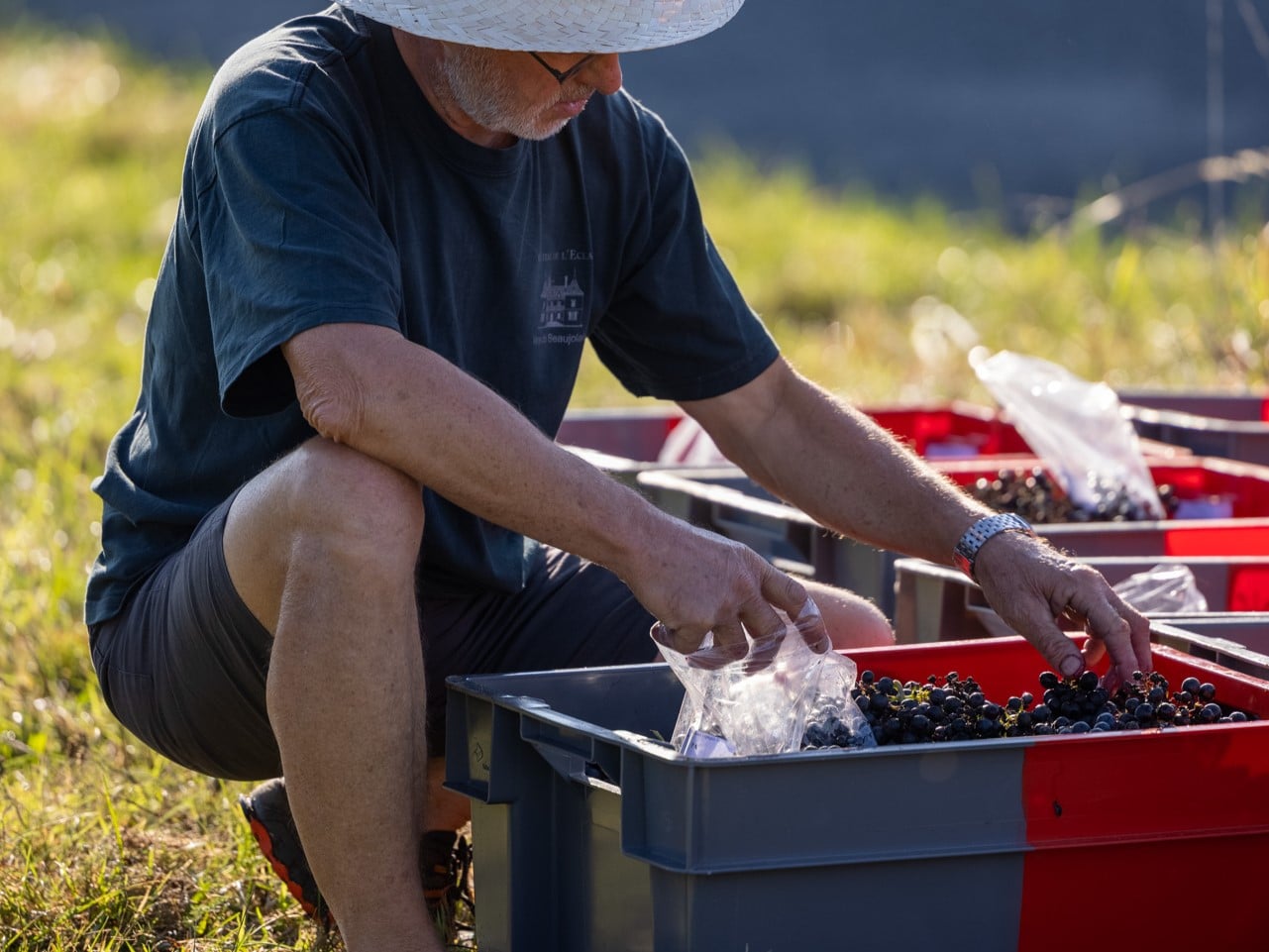
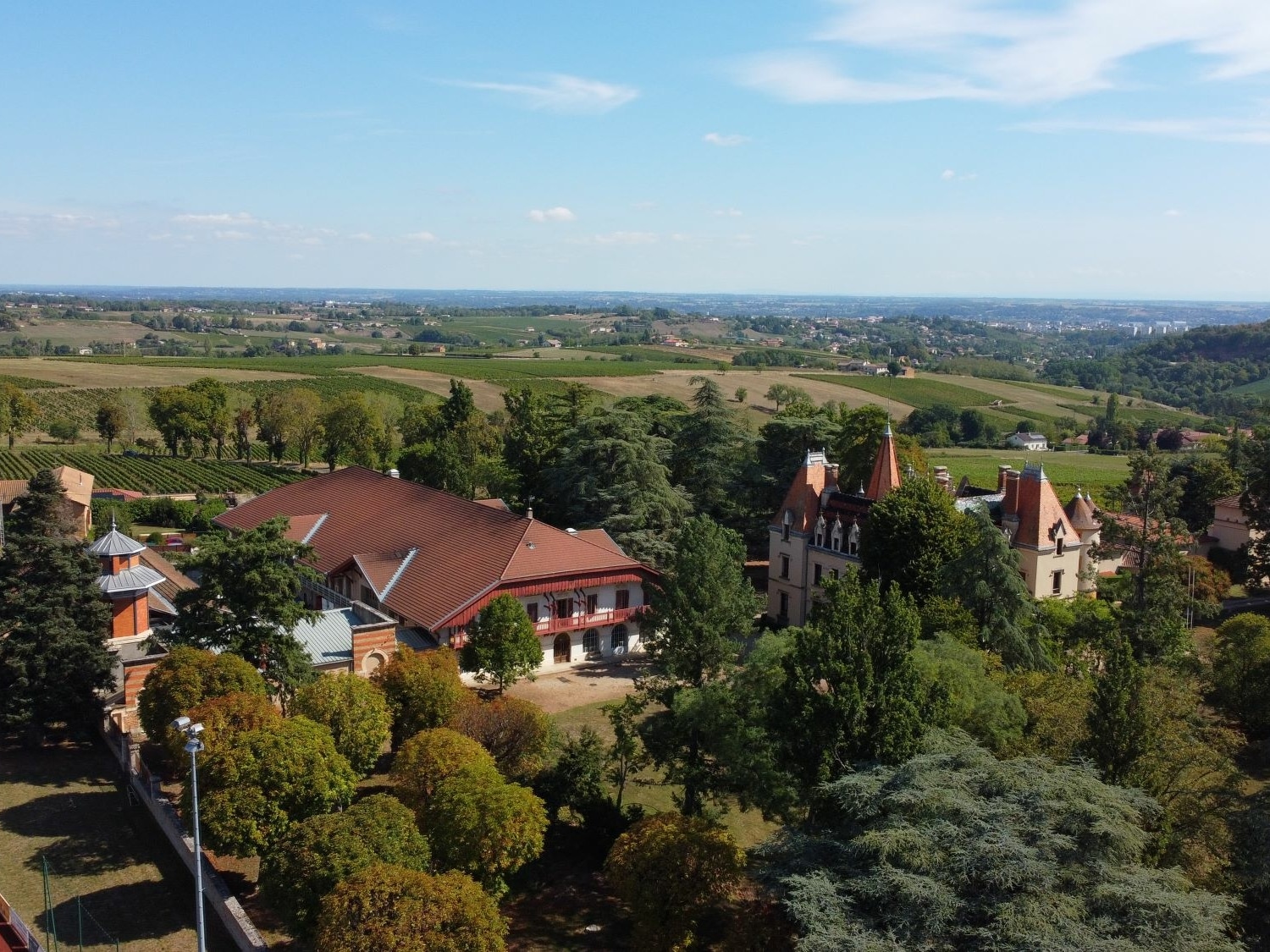
In the field, the Rhône Chamber of Agriculture is responsible for sharing the results of the research with the Beaujolais region’s winemakers, estates and wineries. This is achieved through training, organising technical meetings or even hosting winemaker associations (Vigneron·ne·s du Vivant en Beaujolais for example).
Returnable bottles, example of a cross-disciplinary research topic
In the Beaujolais region, research often brings together the SICAREX Beaujolais, the IFV, lnter Beaujolais and Château de l’Eclair. This is the case for example for an experiment in bottle recycling that began in 2023.
Did you know? Research carried out by the IFV shows that packaging represents 40 to 50% of the industry’s global carbon footprint. To reduce this major impact, we must either opt for lighter bottles or adopt a deposit-return scheme. In order to provide data and feedback, research is being carried out in the Beaujolais region at all levels. The SICAREX Beaujolais’ Sensory Unit is studying the image of the deposit-return scheme among stakeholders in the industry. At the same time, Inter Beaujolais has set up an observatory to monitor wine quality and bottle weight. And finally, Château de l’Eclair is selling a test batch of Beaujolais Nouveaux in returnable bottles. The first results and feedback are available in a White Paper published at the end of the year.
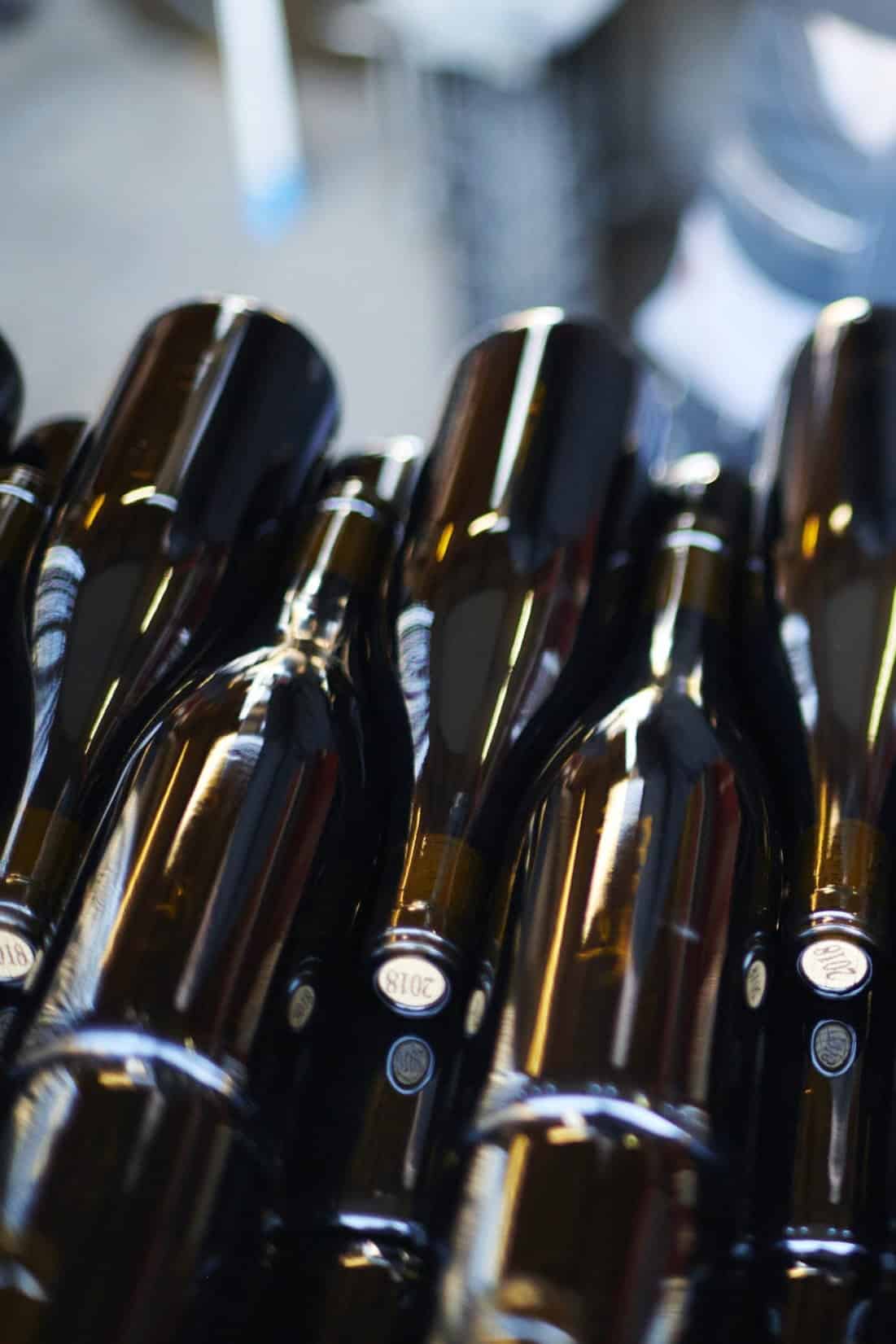
Current research in the Beaujolais region: projects and innovations
Carbon footprint, adapting to global warming, resistant grape varietals, consumer expectations… the major research topics in the Beaujolais region
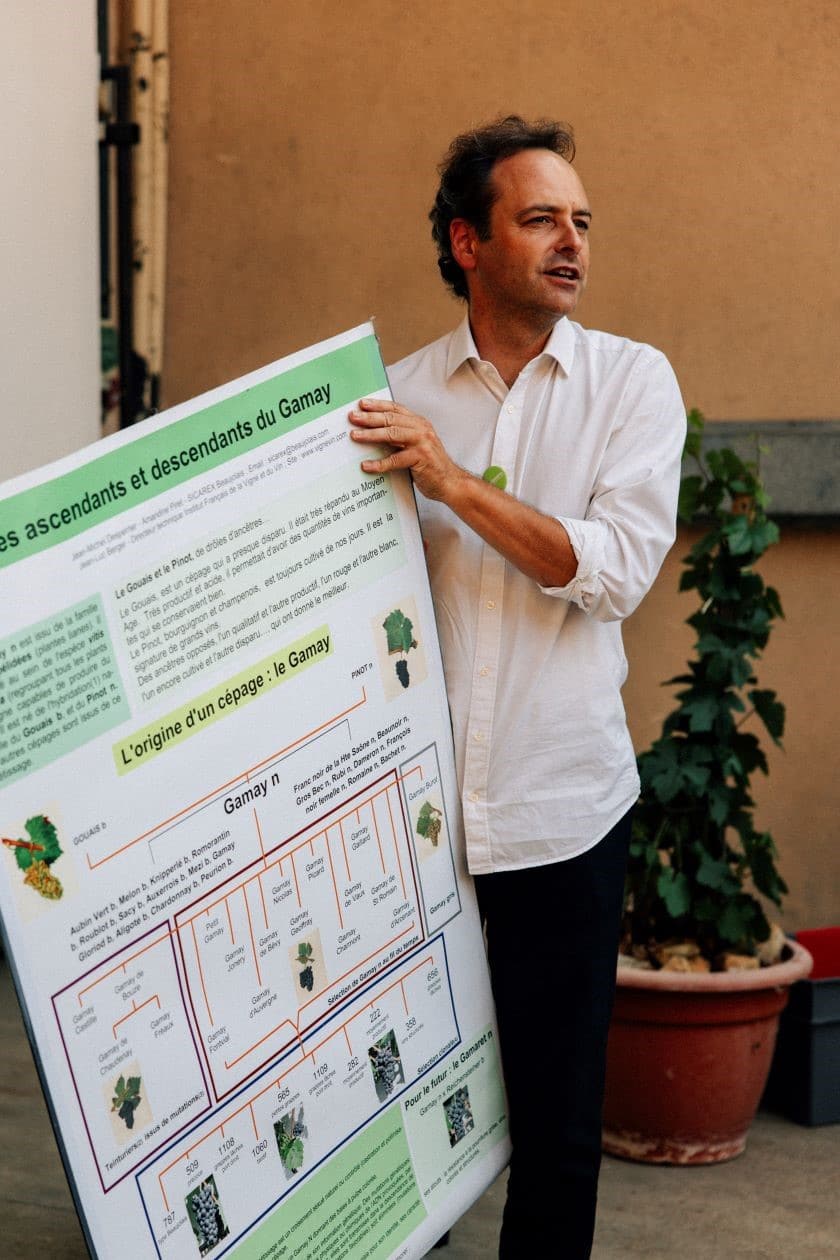
The most important challenge facing winegrowers this century is adapting to the new circumstances dictated by global warming. As such, the main aim of research in the Beaujolais region is to provide guidance to those involved in the industry in this context. This includes measuring carbon footprints, agronomic experimentations, exploring plant material and studying consumer tastes…
« Notre métier est de répondre aux questions que se posent les professionnels. Elles sont le reflet des attentes sociétales et des besoins du secteur ».
Bertrand Chatelet, Director of the SICAREX Beaujolais and the Beaujolais-Bourgogne-Jura-Savoie division of the IFV, © Jonas Jacquel
Measuring the carbon footprint of viticulture
Based in the Beaujolais region, the IFV’s Environmental Assessment Unit is studying the industry’s impact with the aim of finding ways of mitigating it. This unit measures the carbon footprint of wine estates and compares data relating to each stage of a wine’s life cycle. It constantly monitors and studies different practices in order to provide guidance to professionals seeking to reduce their company’s carbon footprint.
Adapting vineyard practices in response to global warming
Adapting to climate change is another area of research for the IFV Beaujolais-Savoie’s Technical Unit. Agronomic experiments are being carried out with the aim of maintaining yields and wine quality despite climate change. The purpose of this research is to provide gradual solutions and short-term measures (shade nets, foliage modifications…), while keeping an eye out for longer-term solutions (resistant grape varietals in particular).
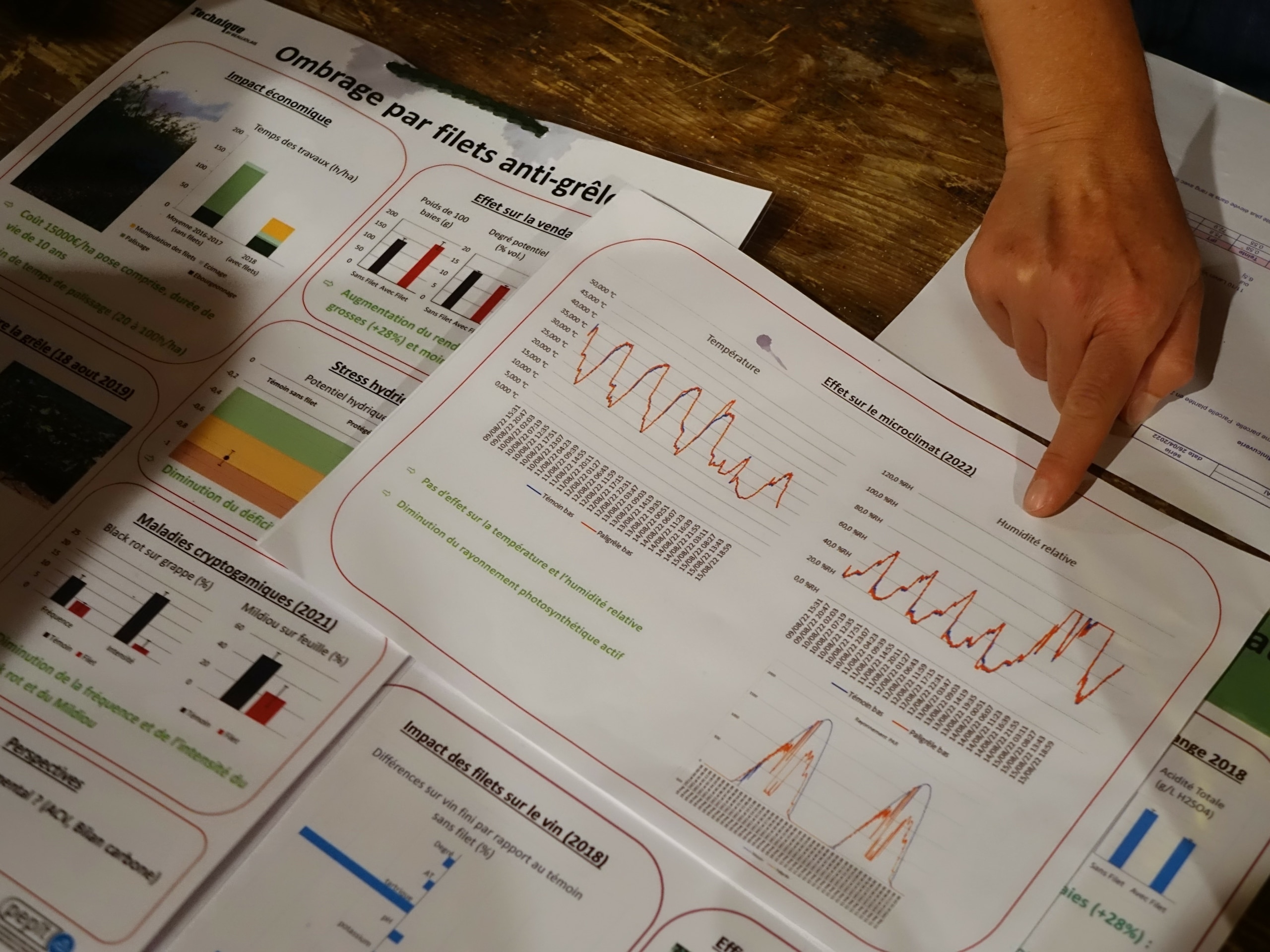
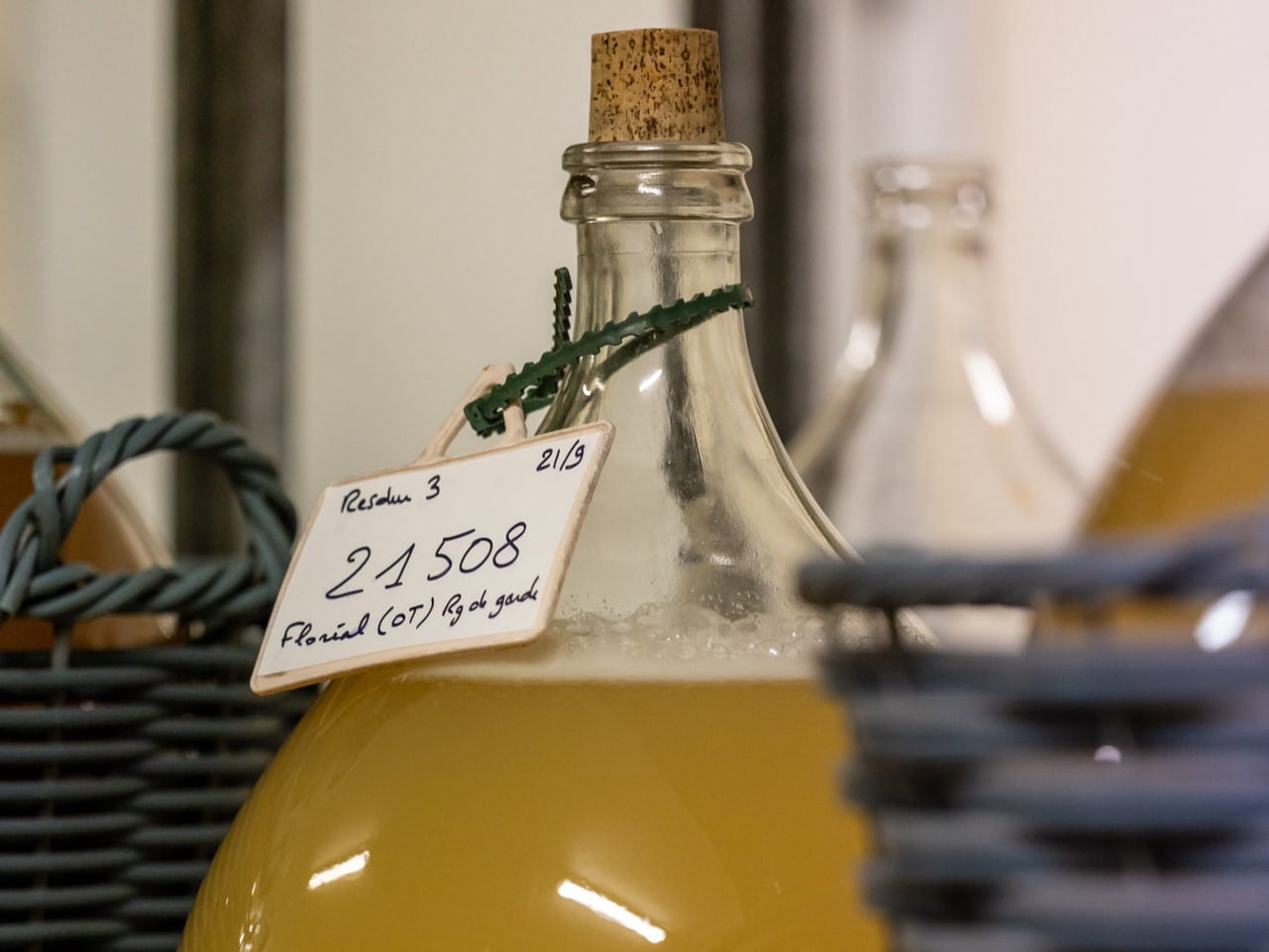
Preserving the iconic Beaujolais grape varietal
Researchers at the SICAREX Beaujolais still carry out one of its historic missions: selecting and preserving the genetic diversity of the gamay grape. They maintain an impressive collection of over 1000 different gamay grapes (from Italy, Switzerland, south-west France…). This effort to preserve plant life goes even further with the “Qanopee” project. Led by winegrowers from the Beaujolais region, Champagne and Burgundy, the project aims to pre-multiply healthy vine stocks in a 4500m² bioclimatic greenhouse. And the objective? Safeguarding the vineyards’ plant heritage.
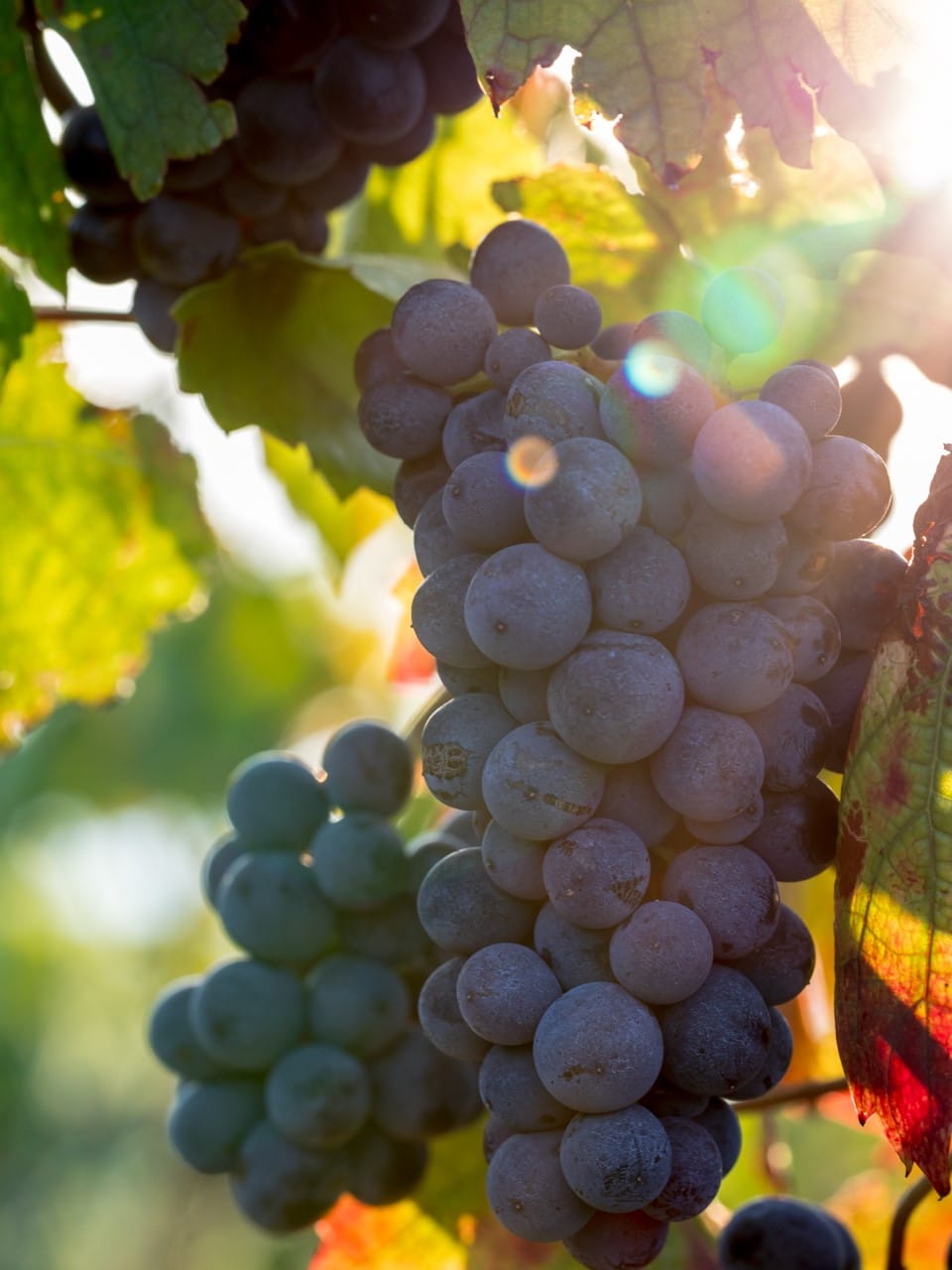
> Also read: “The viticulture of tomorrow according to Beaujolais researchers”
Creating grape varietals capable of rising to this century’s challenges
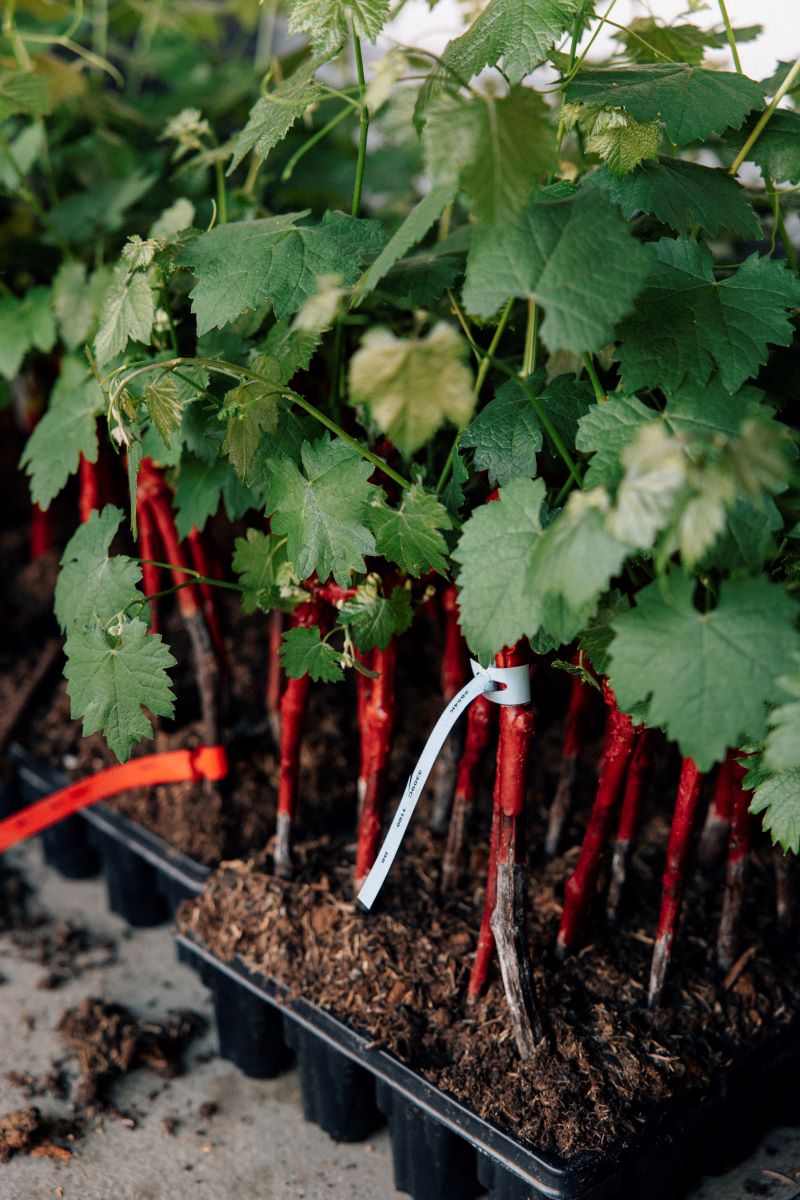
Varietal creation is a central theme for the SICAREX Beaujolais according to its Director, Bertrand Chatelet. As early as the 70s, the research centre joined an unprecedented programme set up by the INRAE and became a reference in the field. Varietal selection is a lengthy process, involving the observation and comparison of the 180 grape varietals planted on a plot at Château de l’Eclair. Notably, the SICAREX Beaujolais created the gaminot, a cross between gamay and pinot noir. The teams are currently focusing their research on varieties that are resistant to both fungal diseases and drought. Some of these resistant grape varietals have already been planted in the Beaujolais region. The gamaret and the voltis – to name just a couple – could also be included in the specifications for appellations.
Identifying future consumer expectations
To generate knowledge for science and the industry as a whole, a sensory analysis unit was set up in 2023. Its team of engineers is leading research projects that extend far beyond the Beaujolais vineyard, and even the French vineyard as a whole. They put the consumers’ sensory judgment at the heart of their research, via focus groups and tastings. One of the key projects set up in 2020 focuses on the perception of wines with no added sulphites. The results of this study, conducted with a panel of consumers and professionals, will be published at the end of 2024.
Focus on GES&Vit, the first tool to measure the wine industry’s carbon footprint, created in the Beaujolais region

The Environmental Assessment Unit pulled out all the stops to respond to the pressing need to measure the carbon footprint of winegrowers and makers. It was the first to offer a tool capable of doing so as early as 2021. Given the name GES&Vit, its purpose is to support the wine industry in its low-carbon transition.
GES&Vit is used to assess current practices and simulate different methods of vine management. It also provides the necessary tools to take action thanks to an action plan designed to reduce the carbon footprint of wine estates. The tool is available to wine advisers and technicians, provided they have taken a training course to learn how to use it. Many professionals in France have already started using it.
While Victor Vermorel laid the foundations for wine research in the Beaujolais region, the wine industry has successfully shaped itself so that it could bear fruit. The teams at Inter Beaujolais, the SICAREX Beaujolais, the IFV and the Rhône Chamber of Agriculture work hand in hand to ensure that it continues to flourish. Firmly rooted in their time, their research is a mine of information for building the vineyards of tomorrow.
Curious to know what wine experts think? Check out the article “The viticulture of tomorrow according to Beaujolais researchers”
